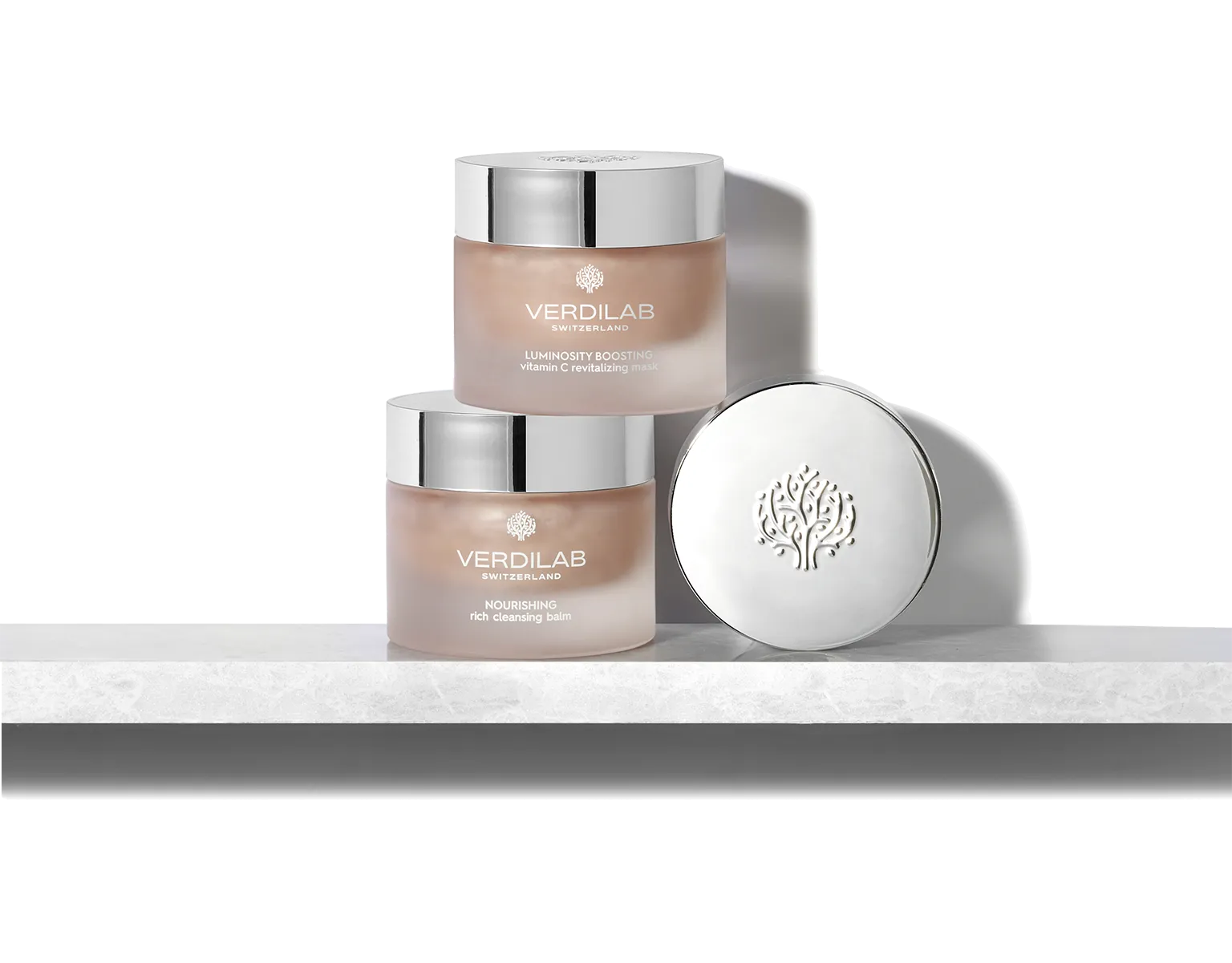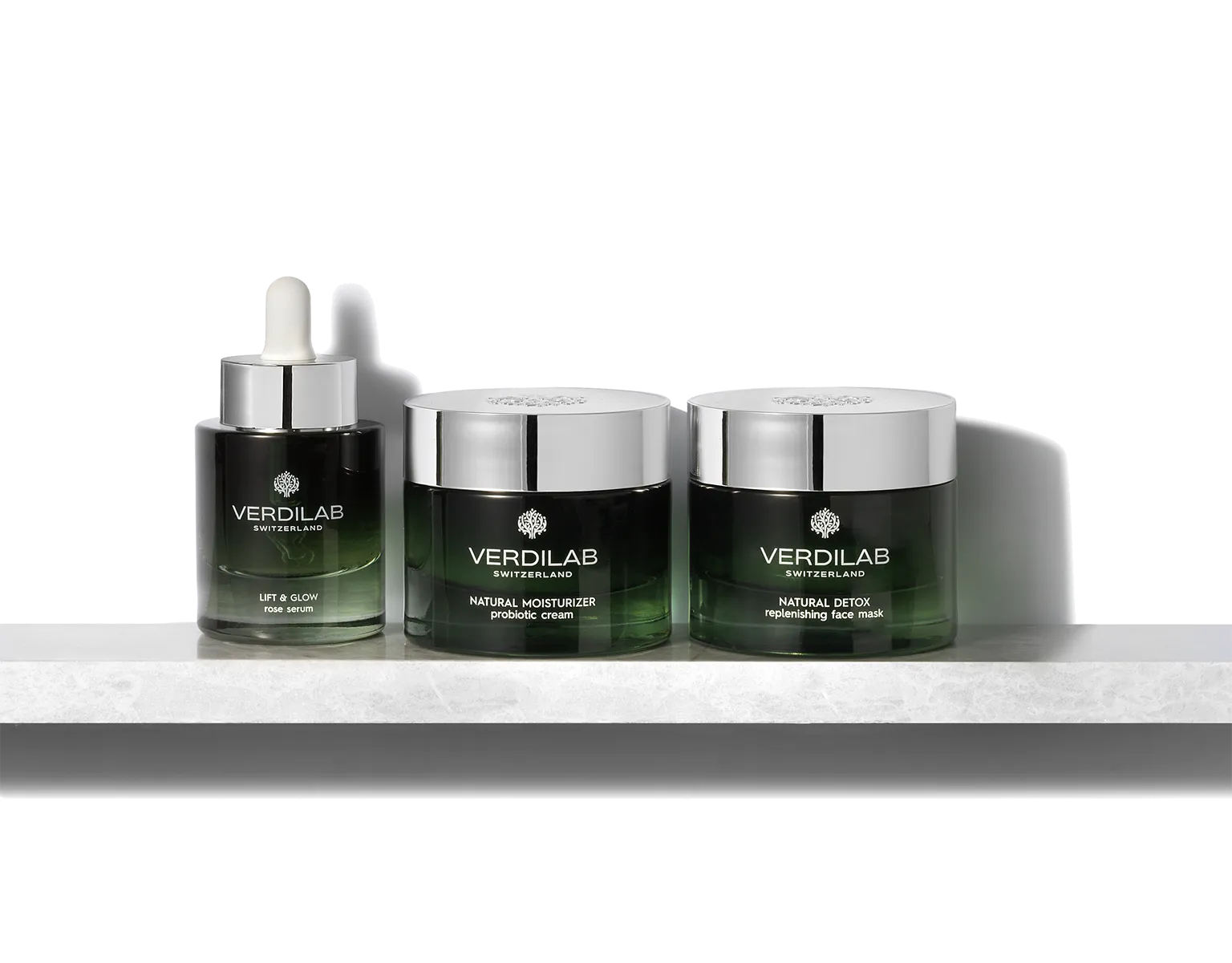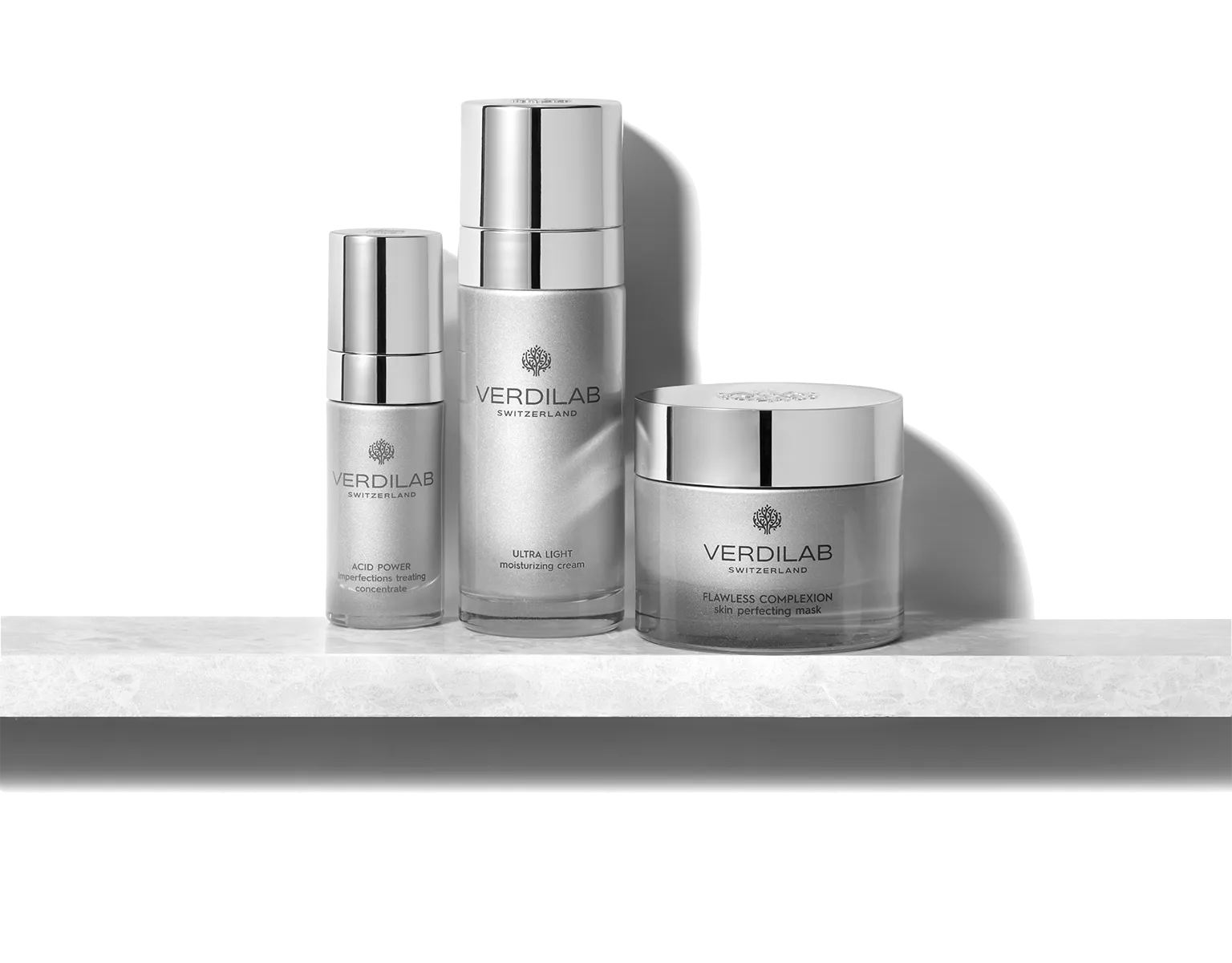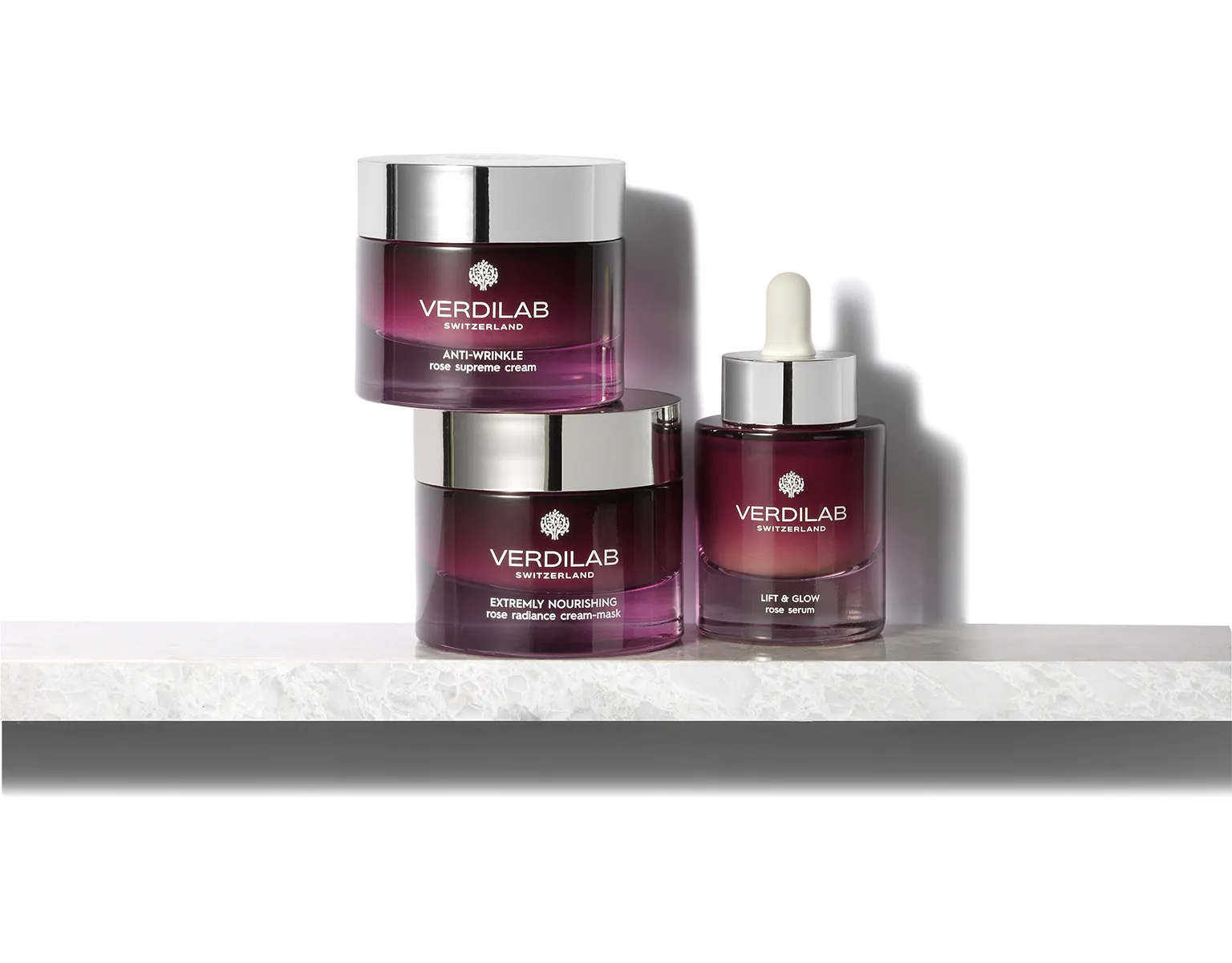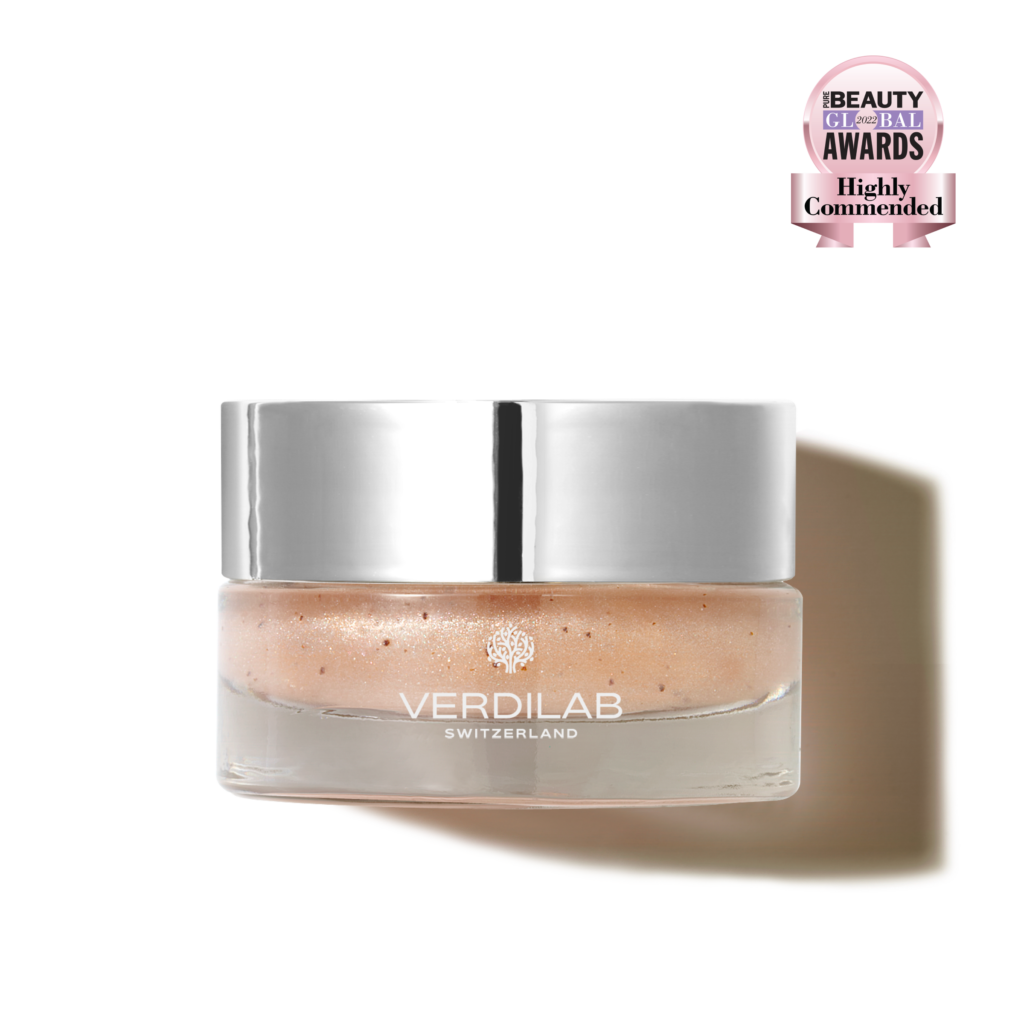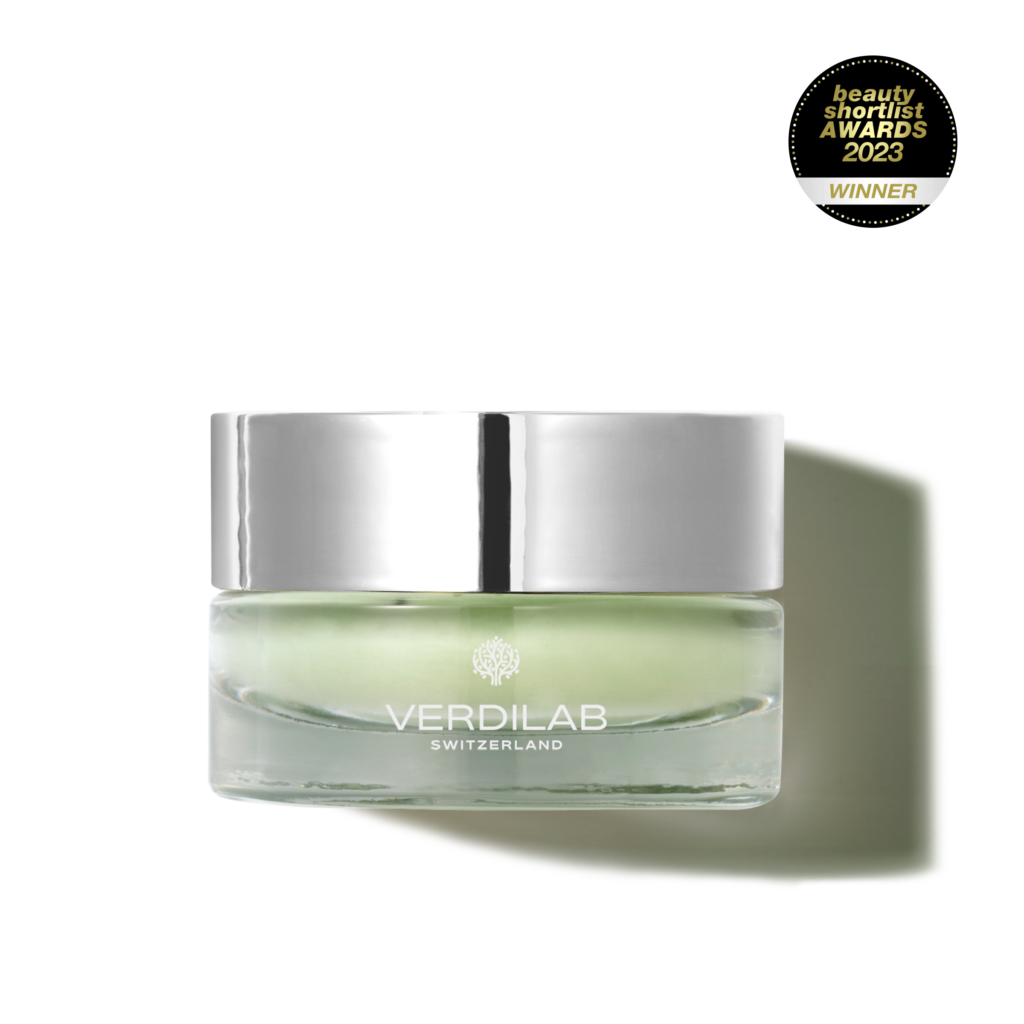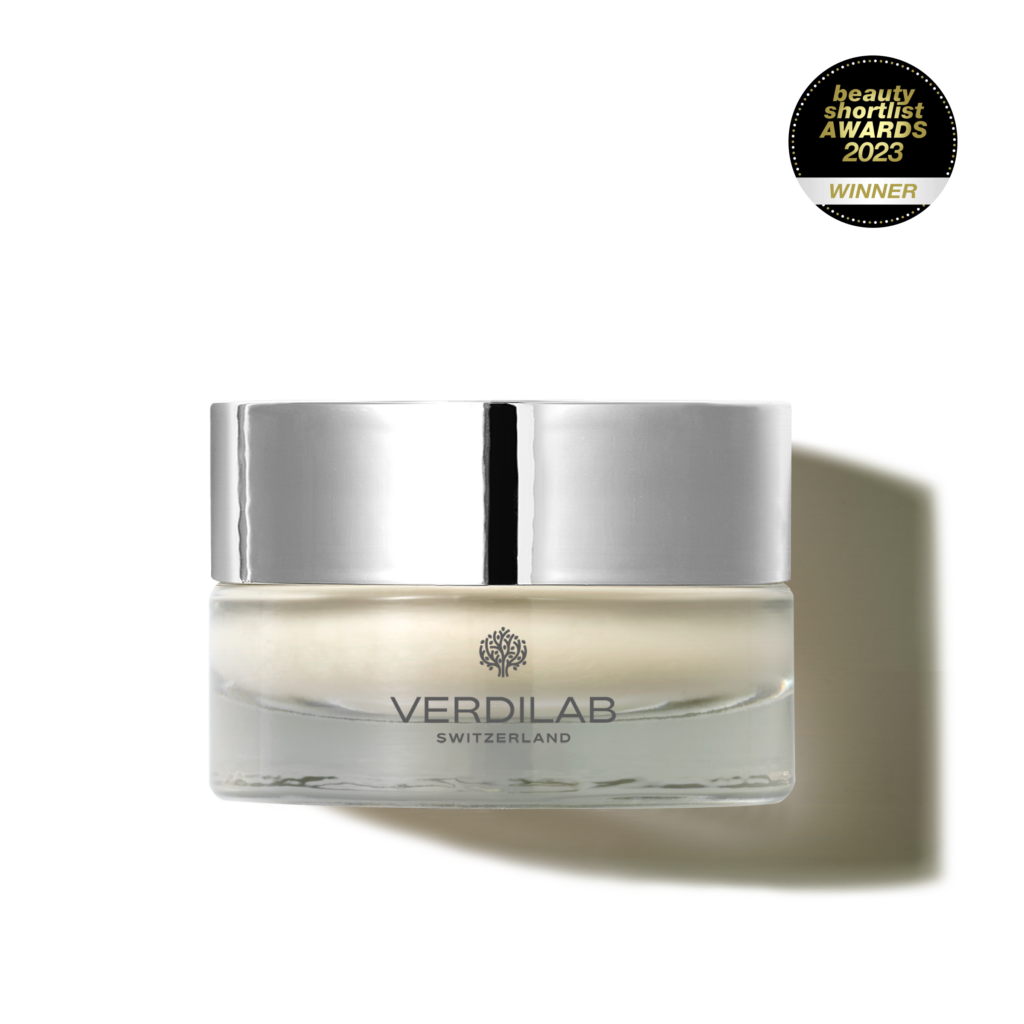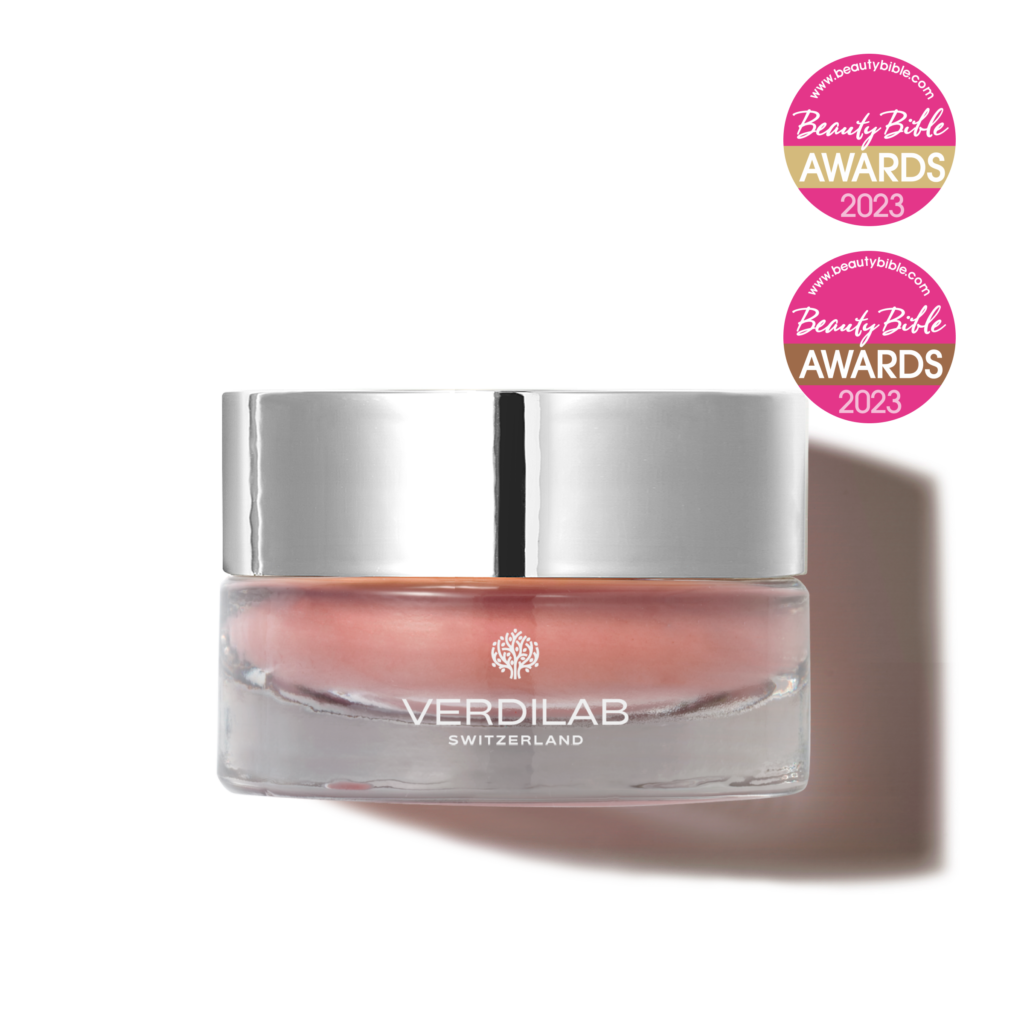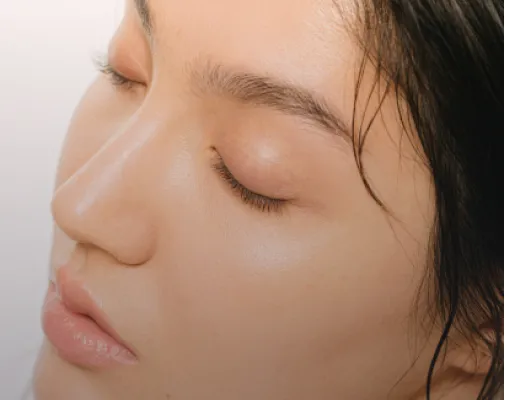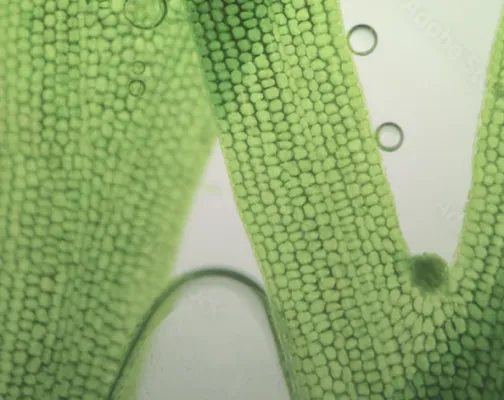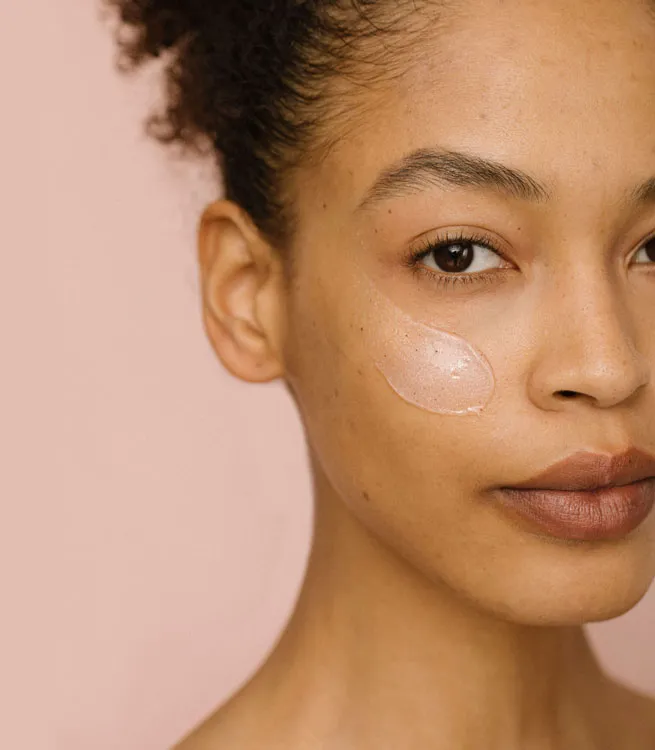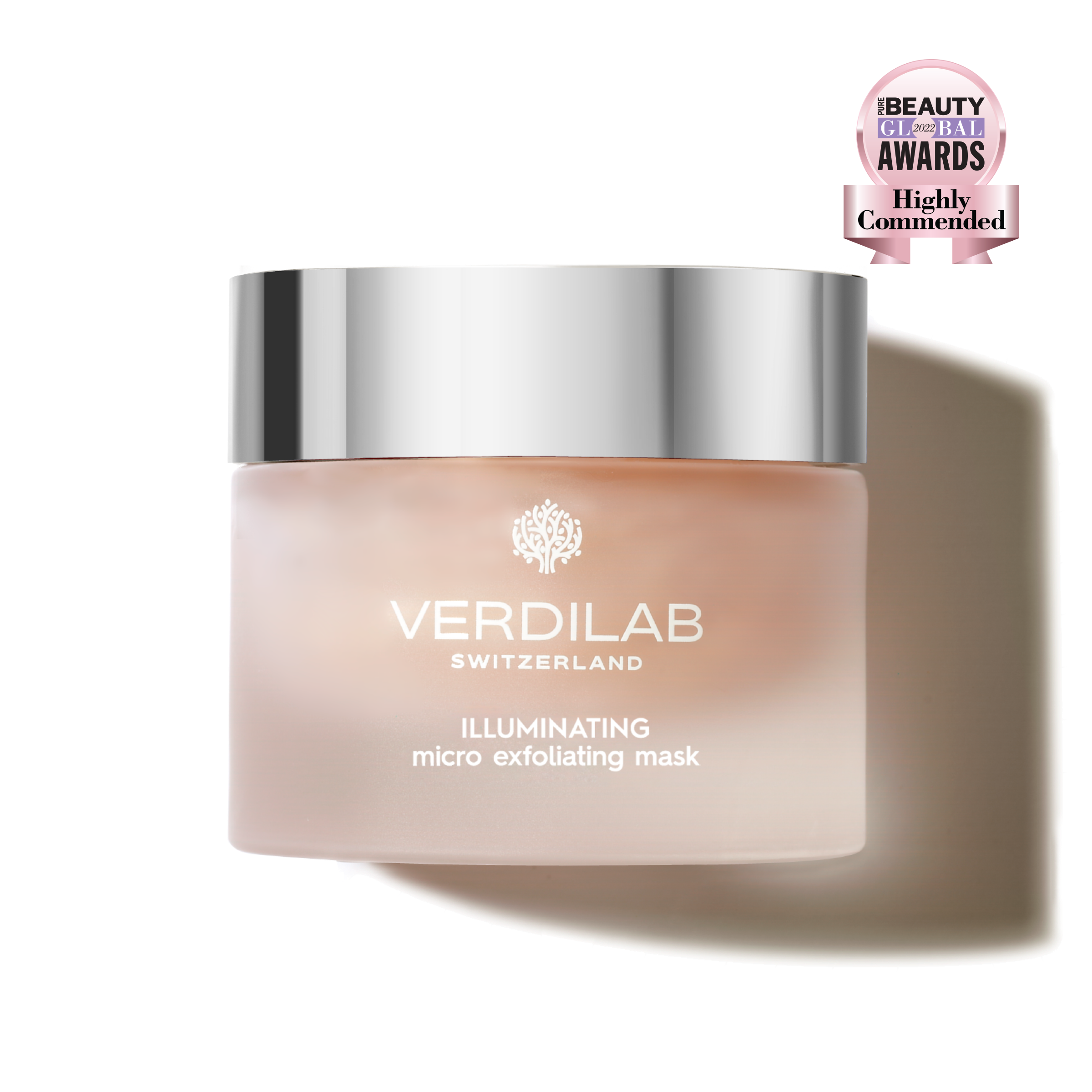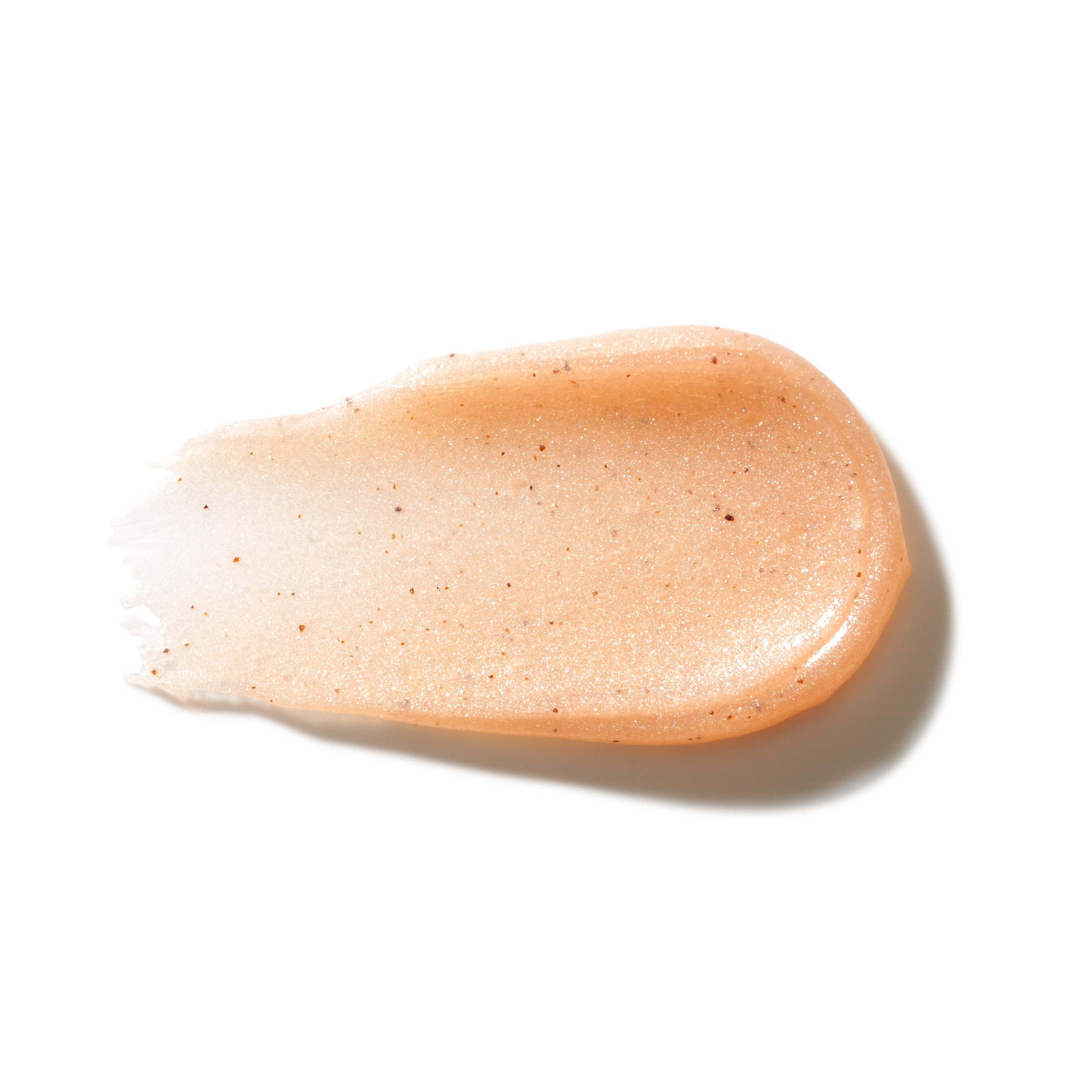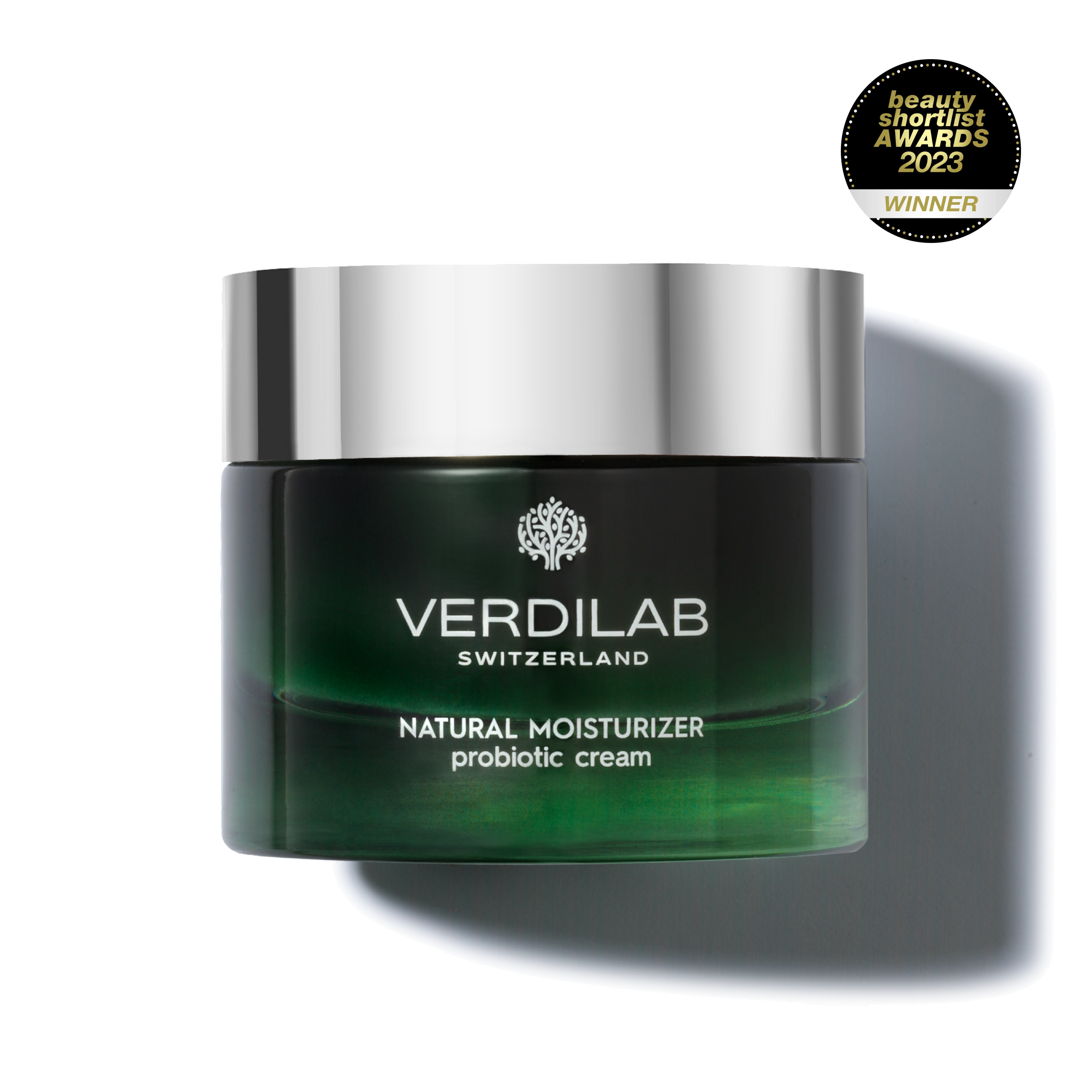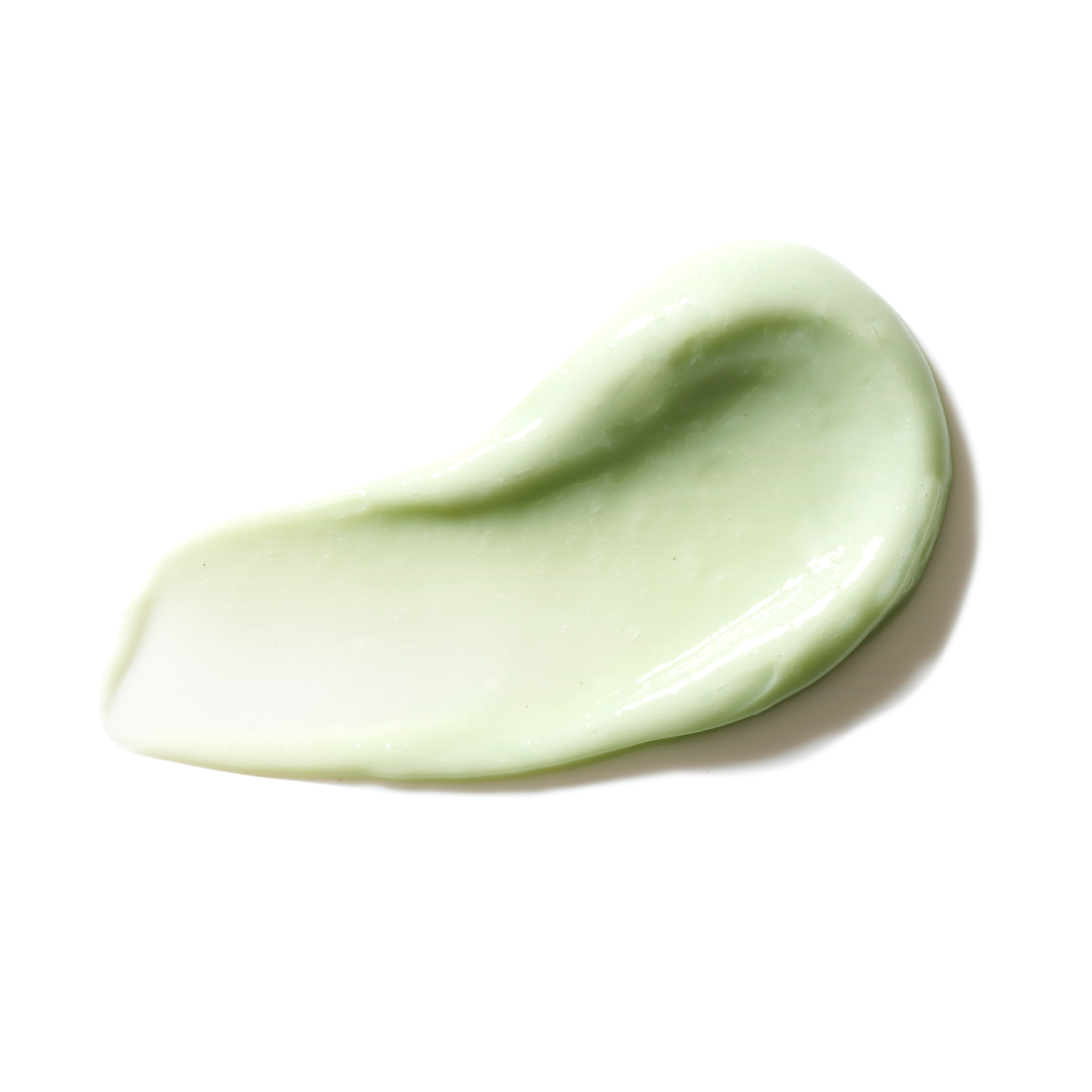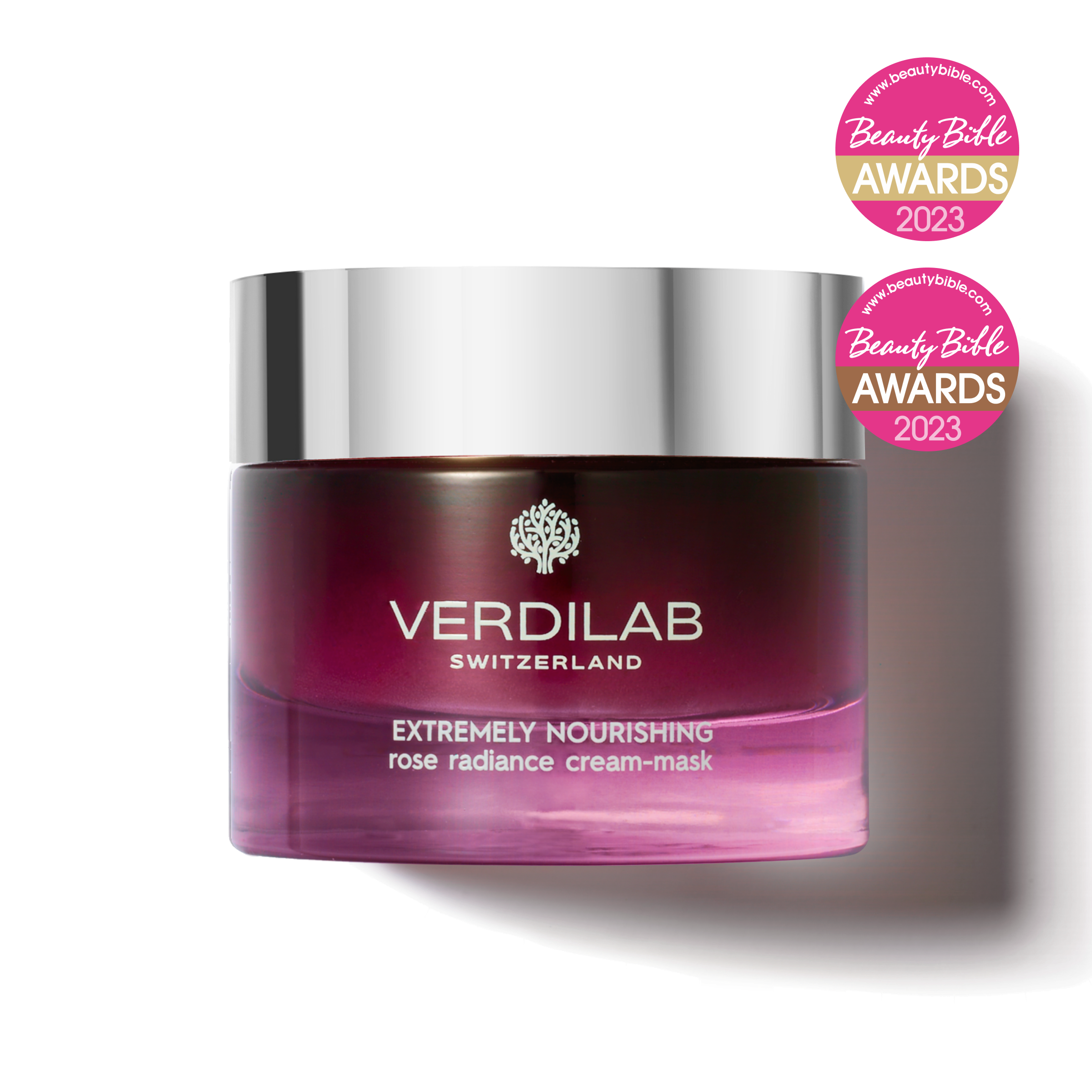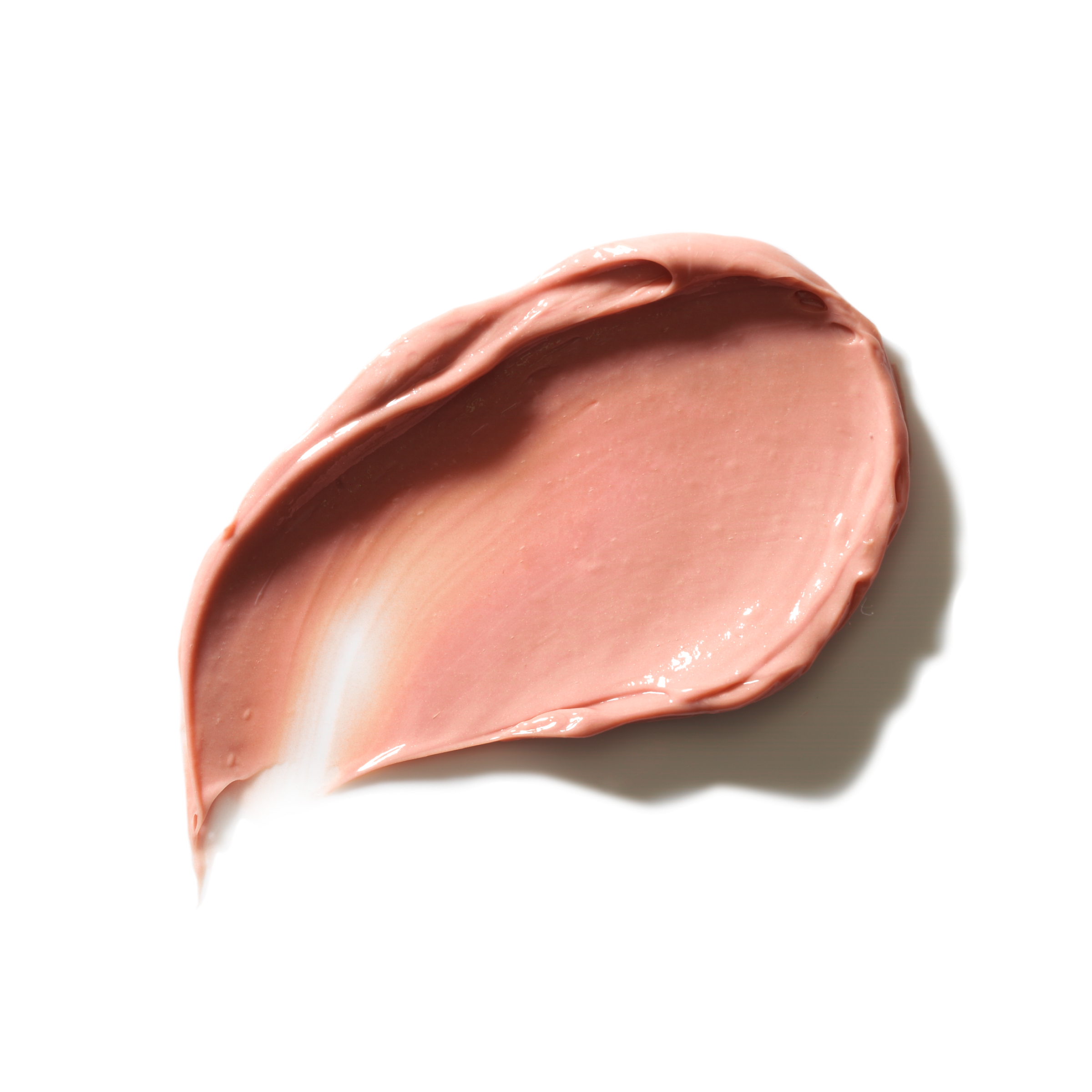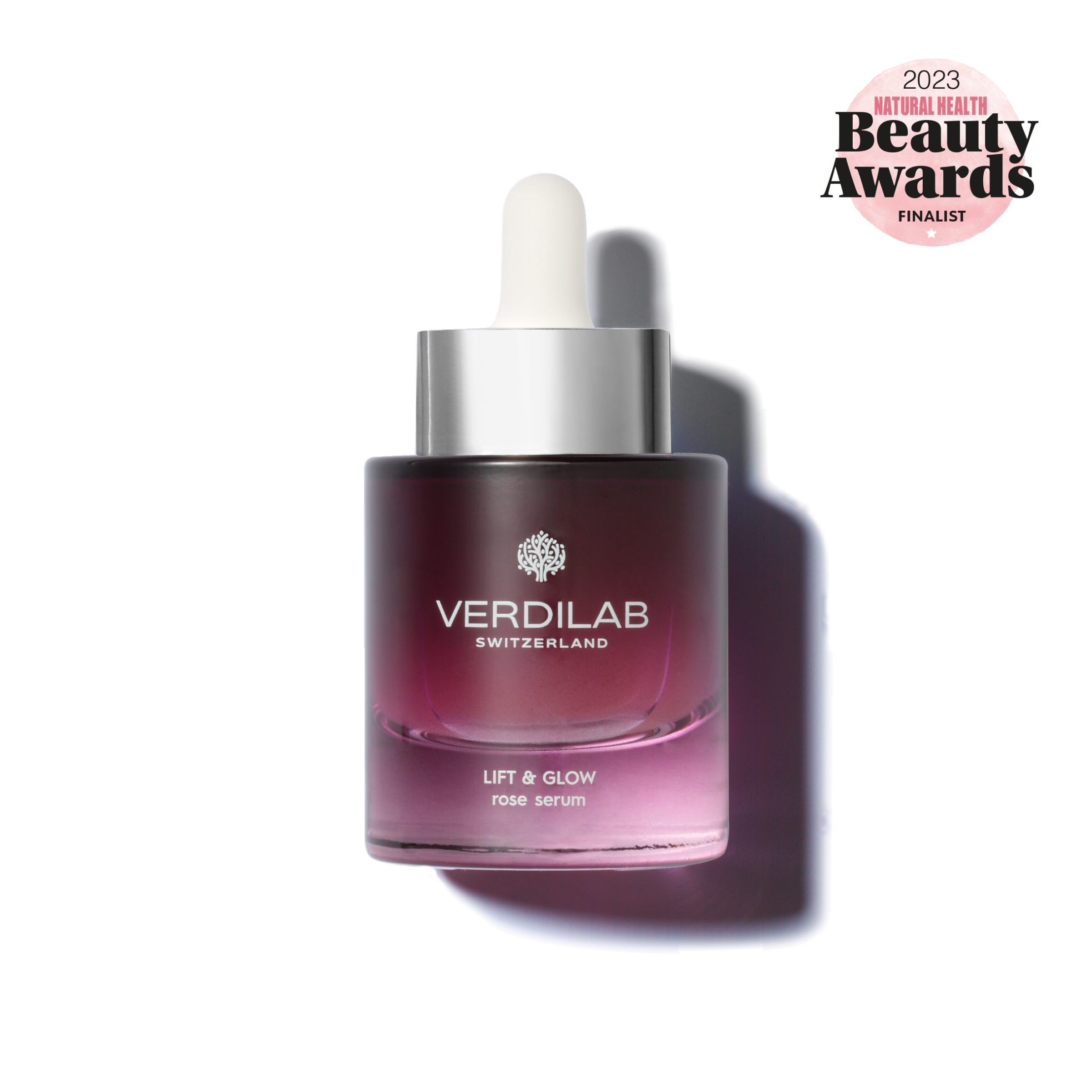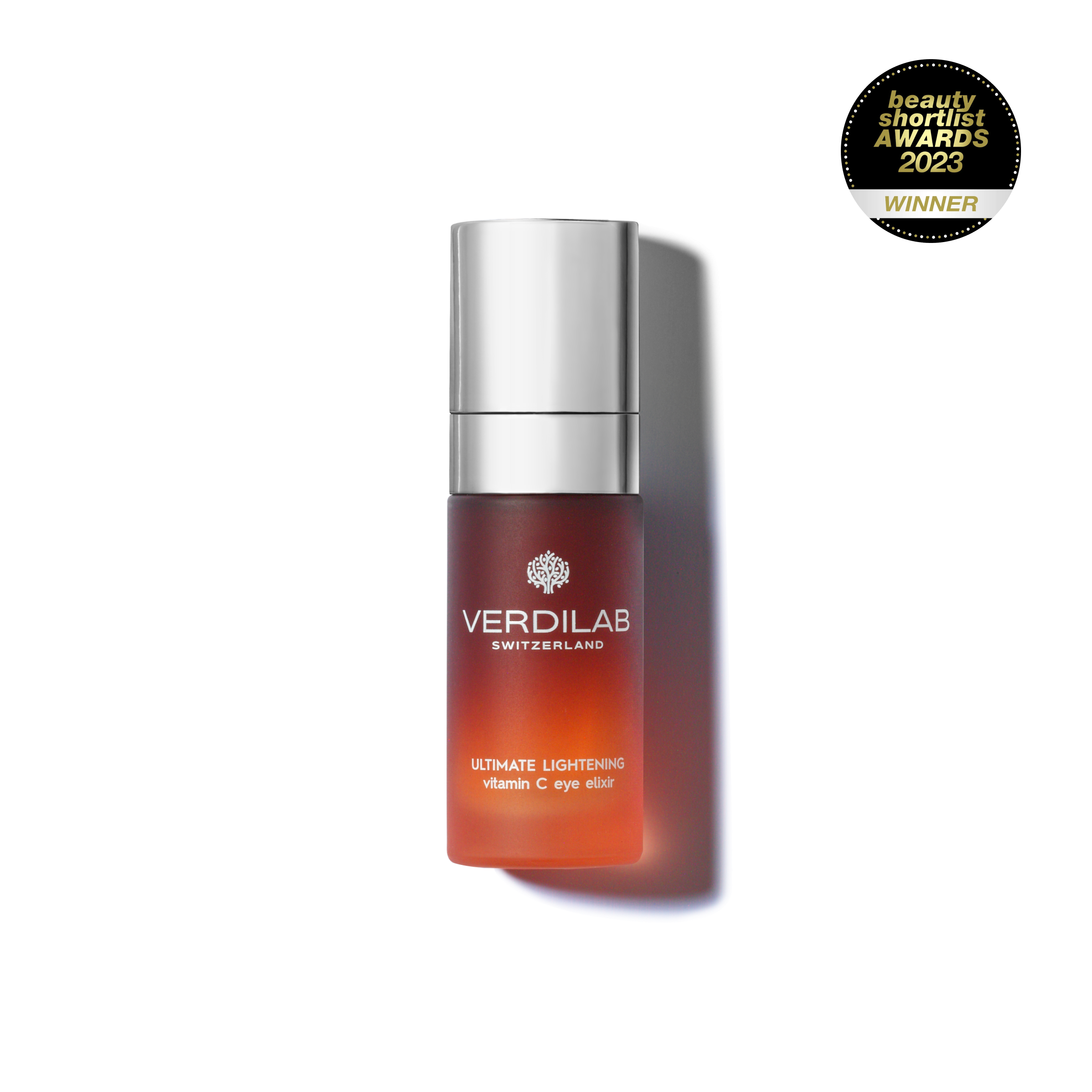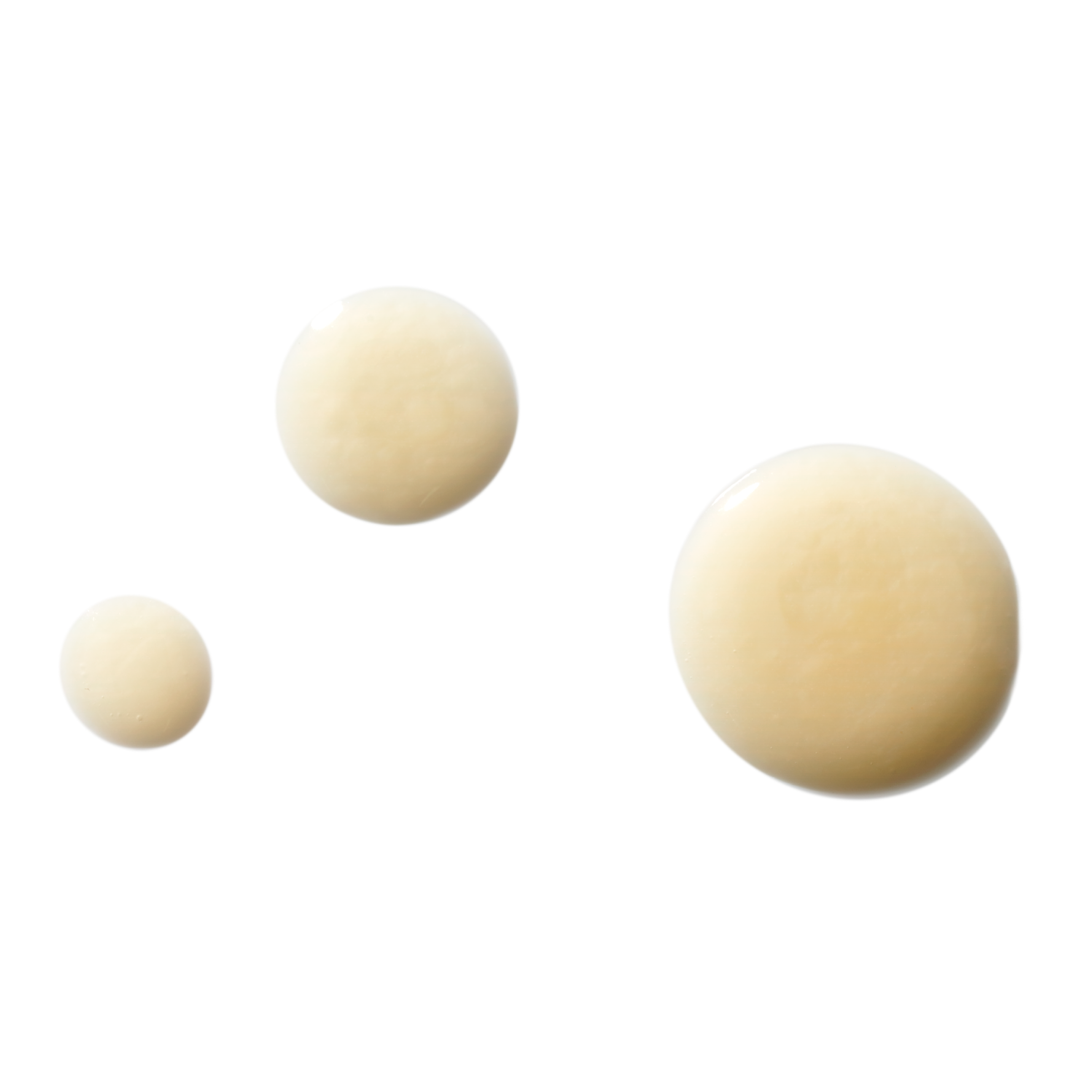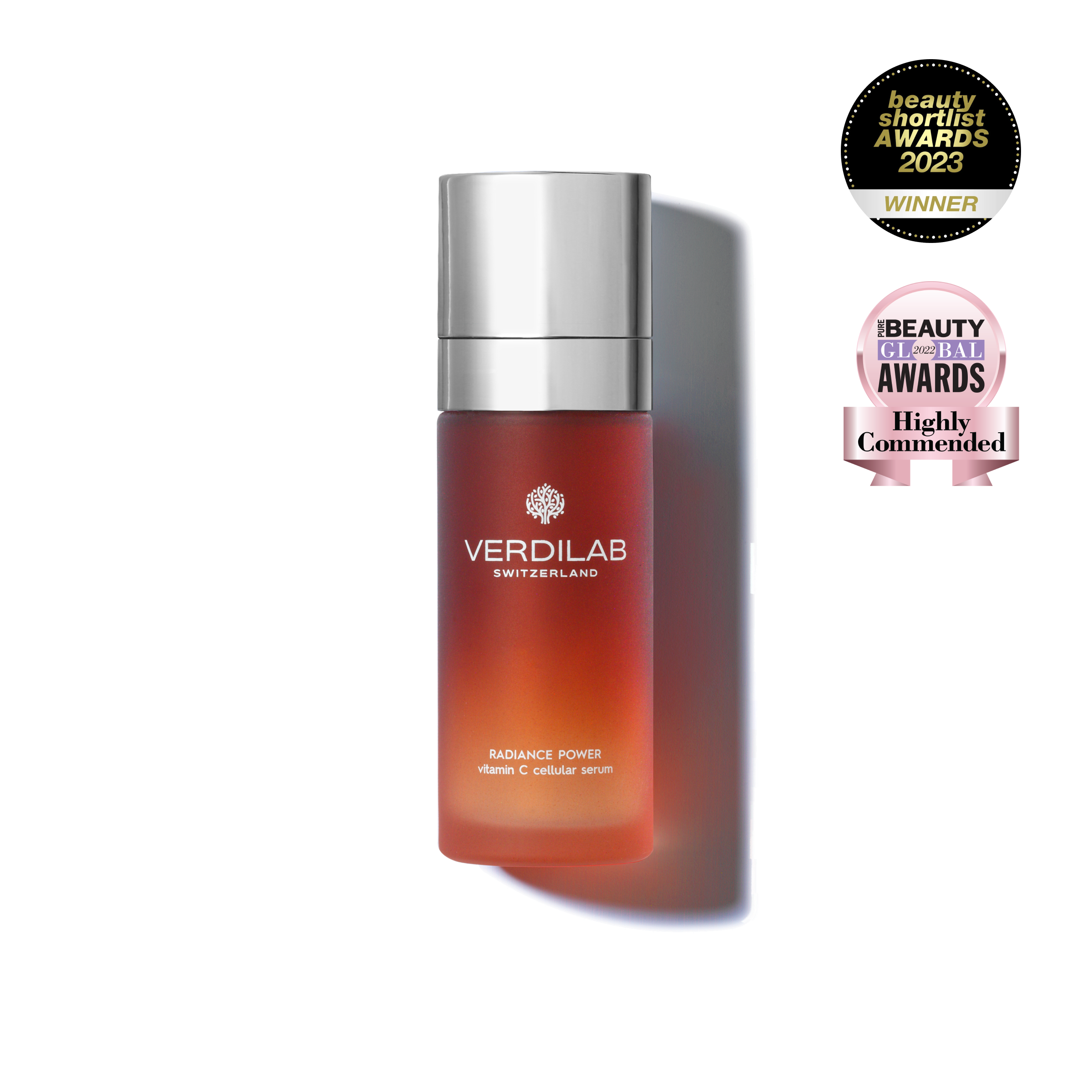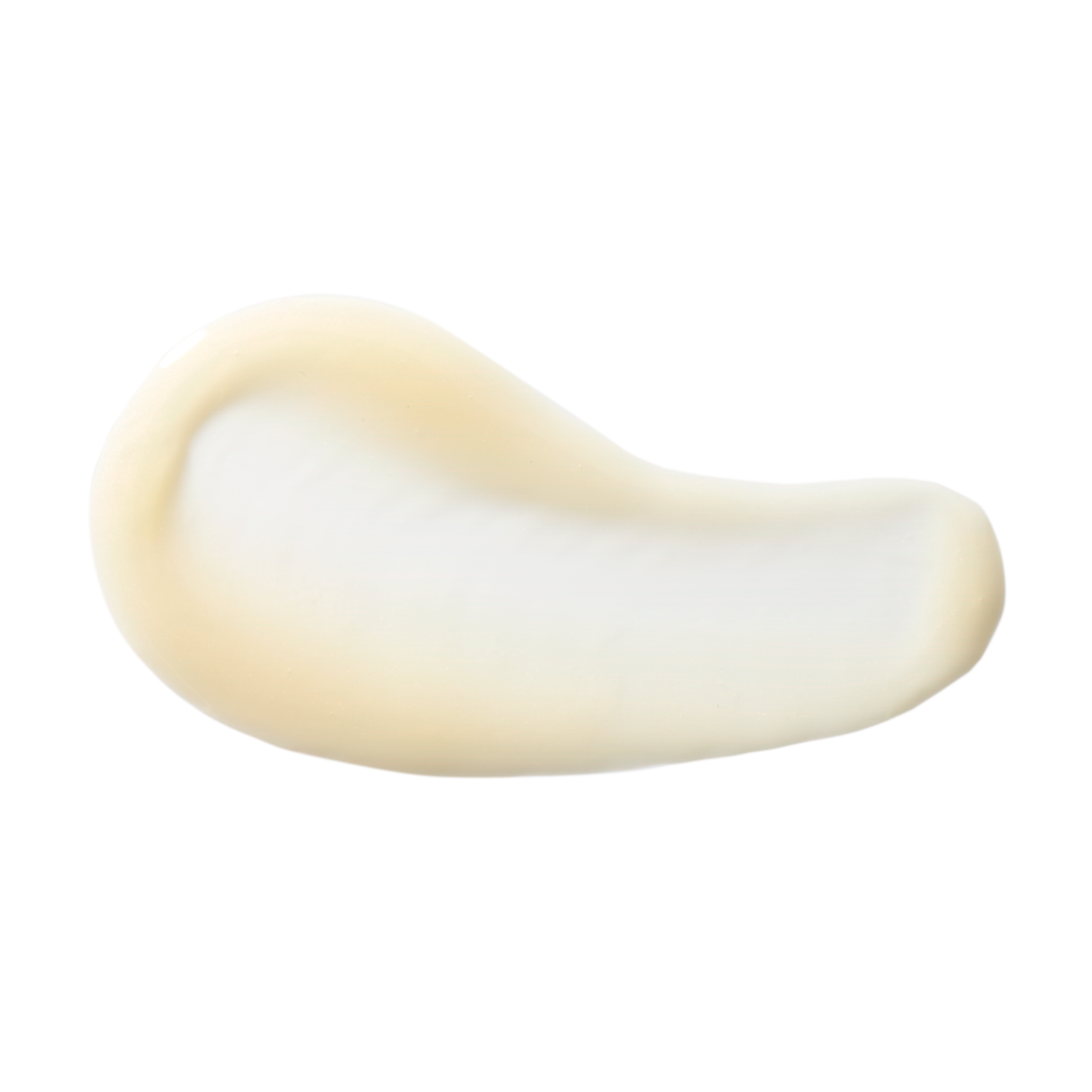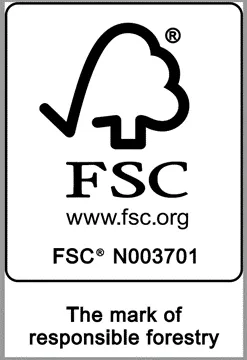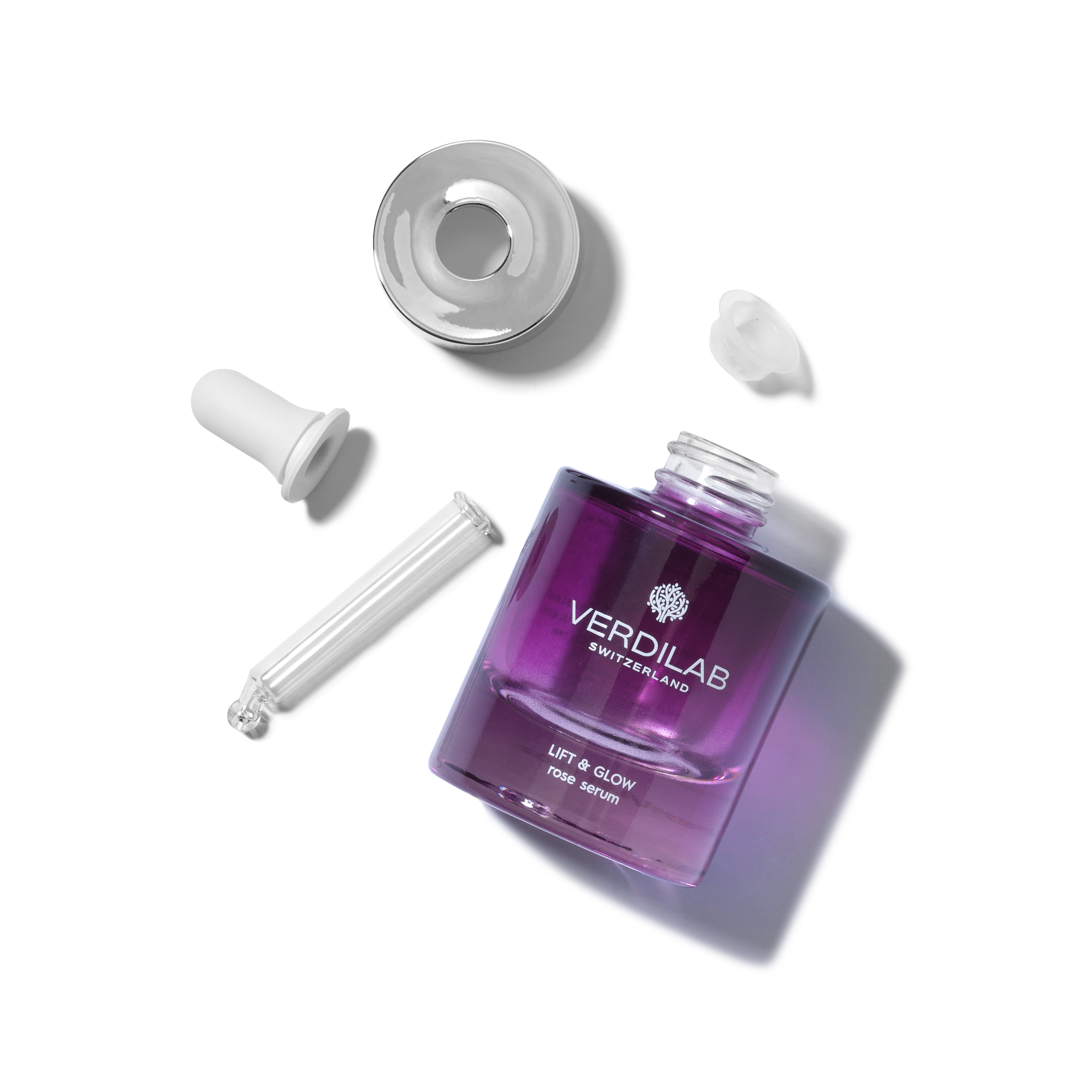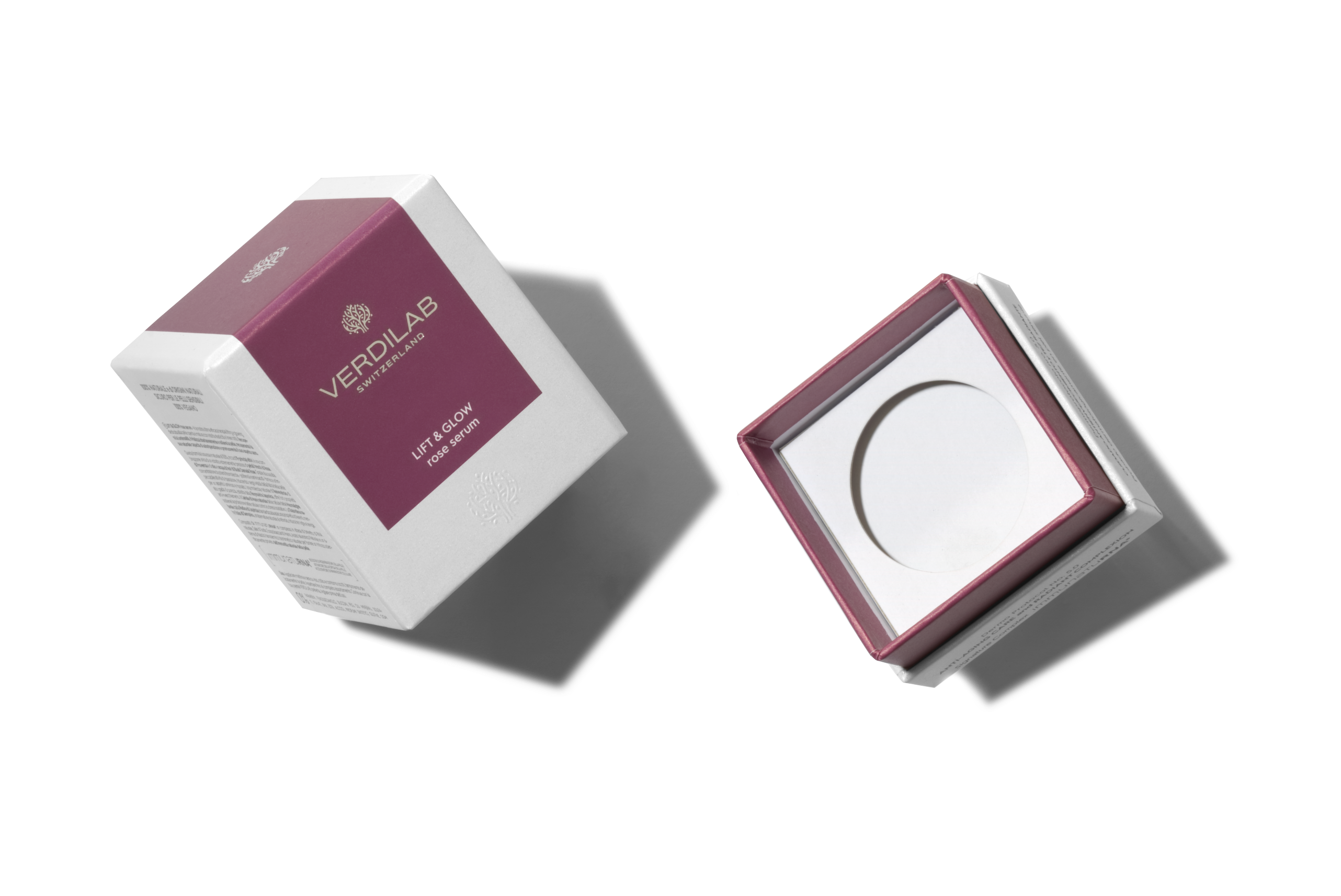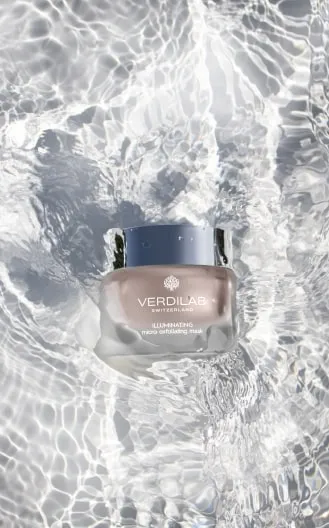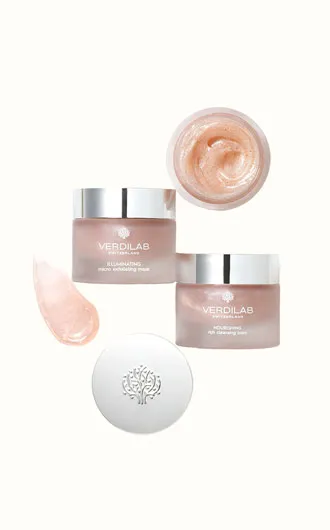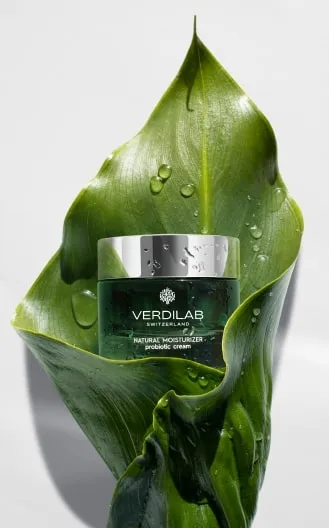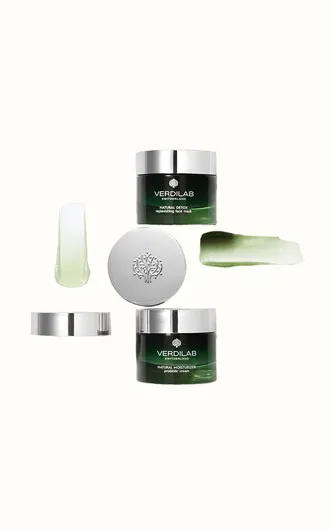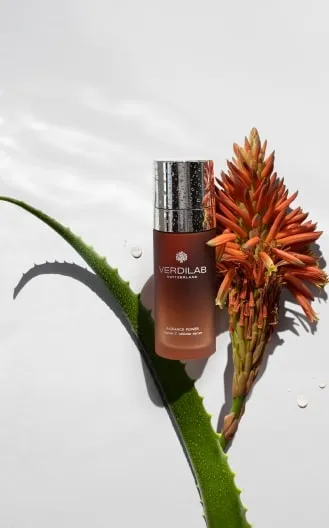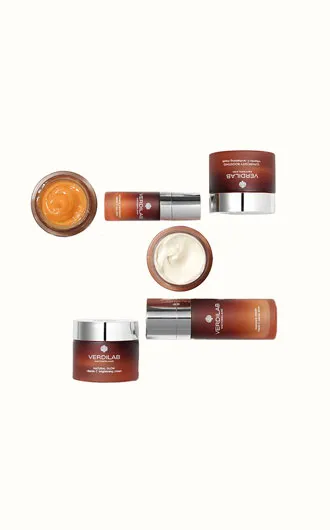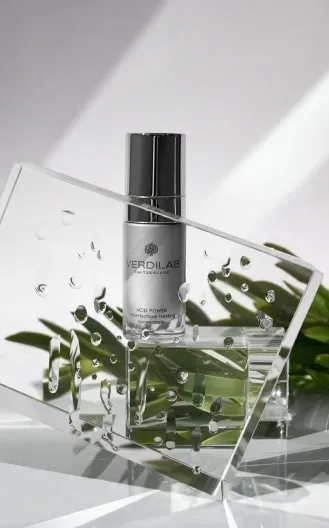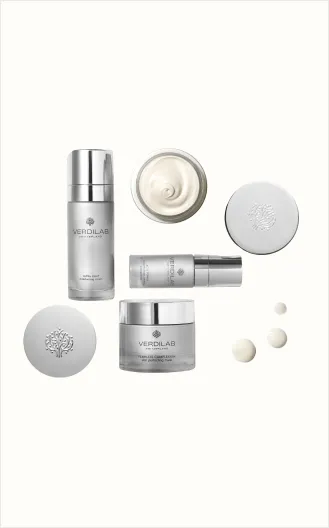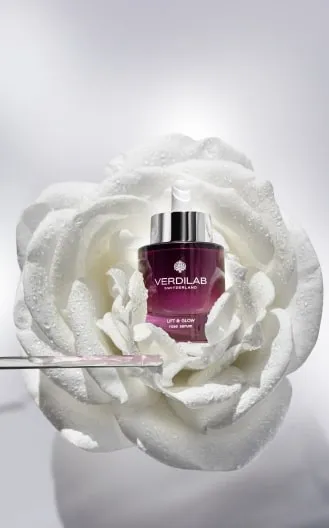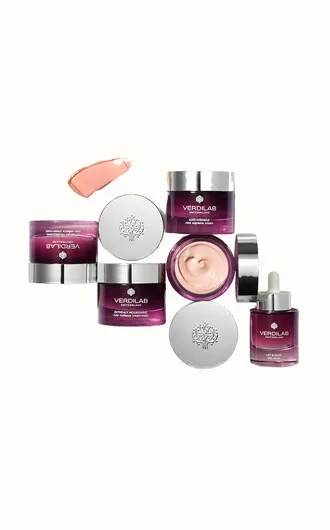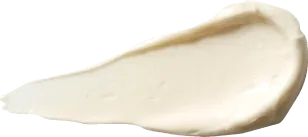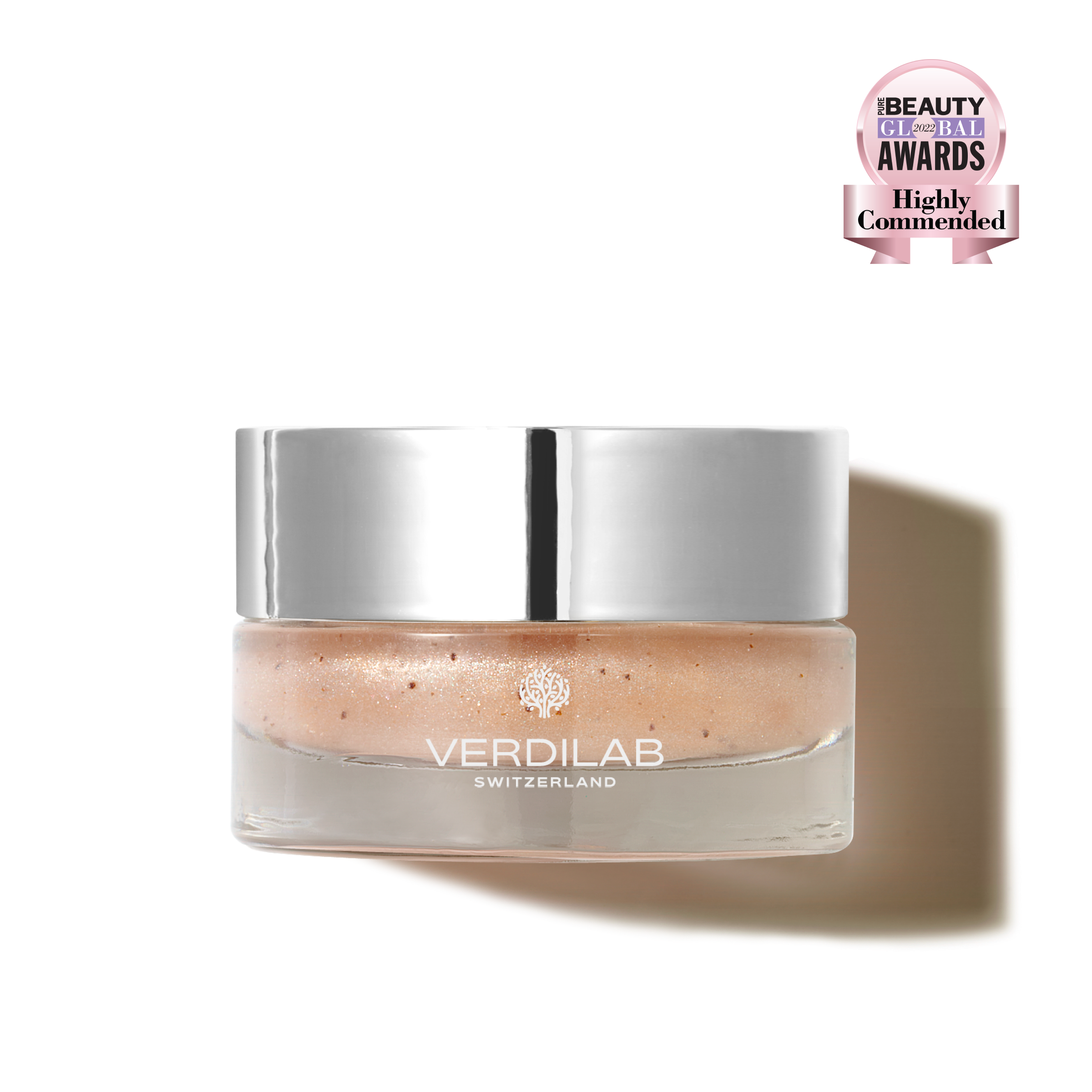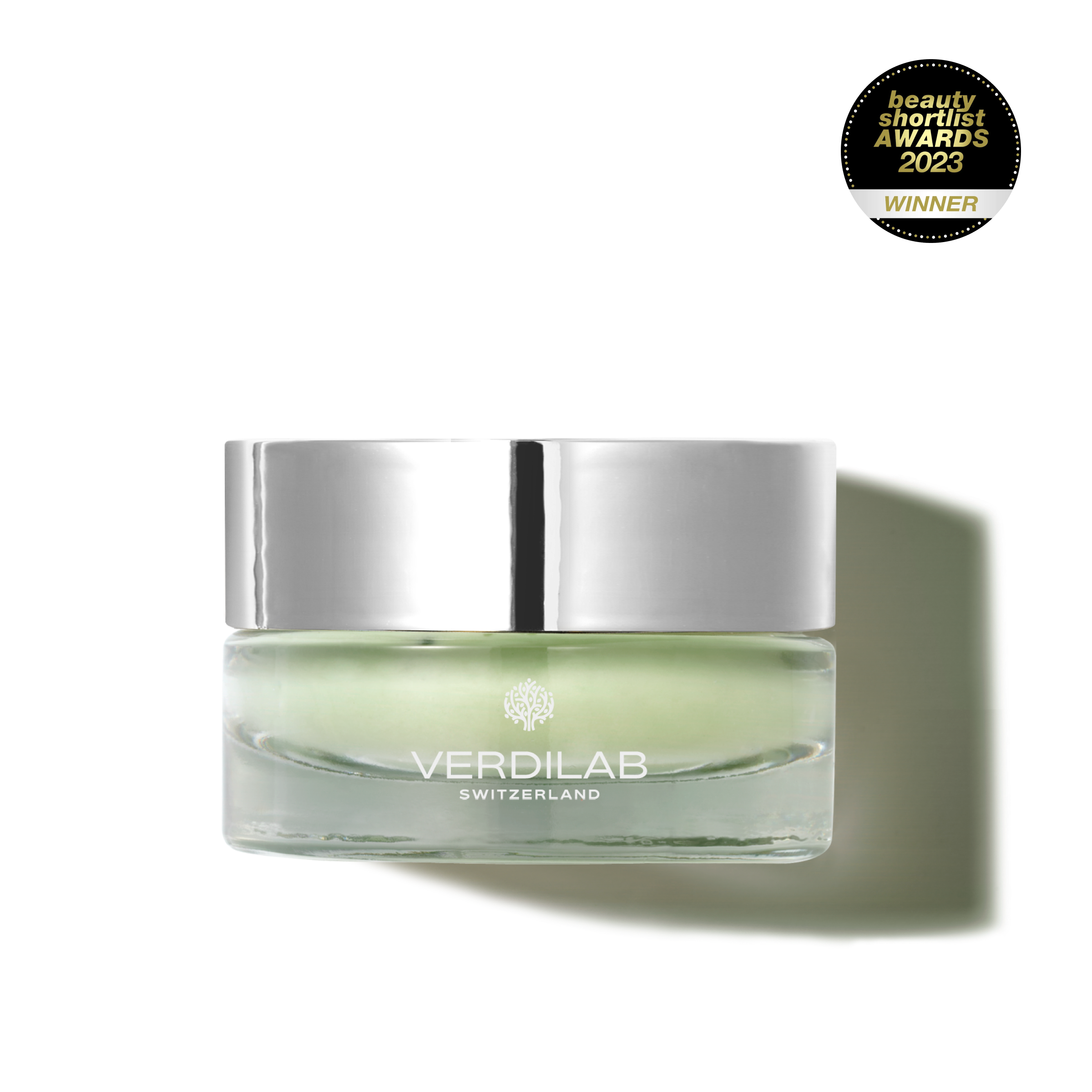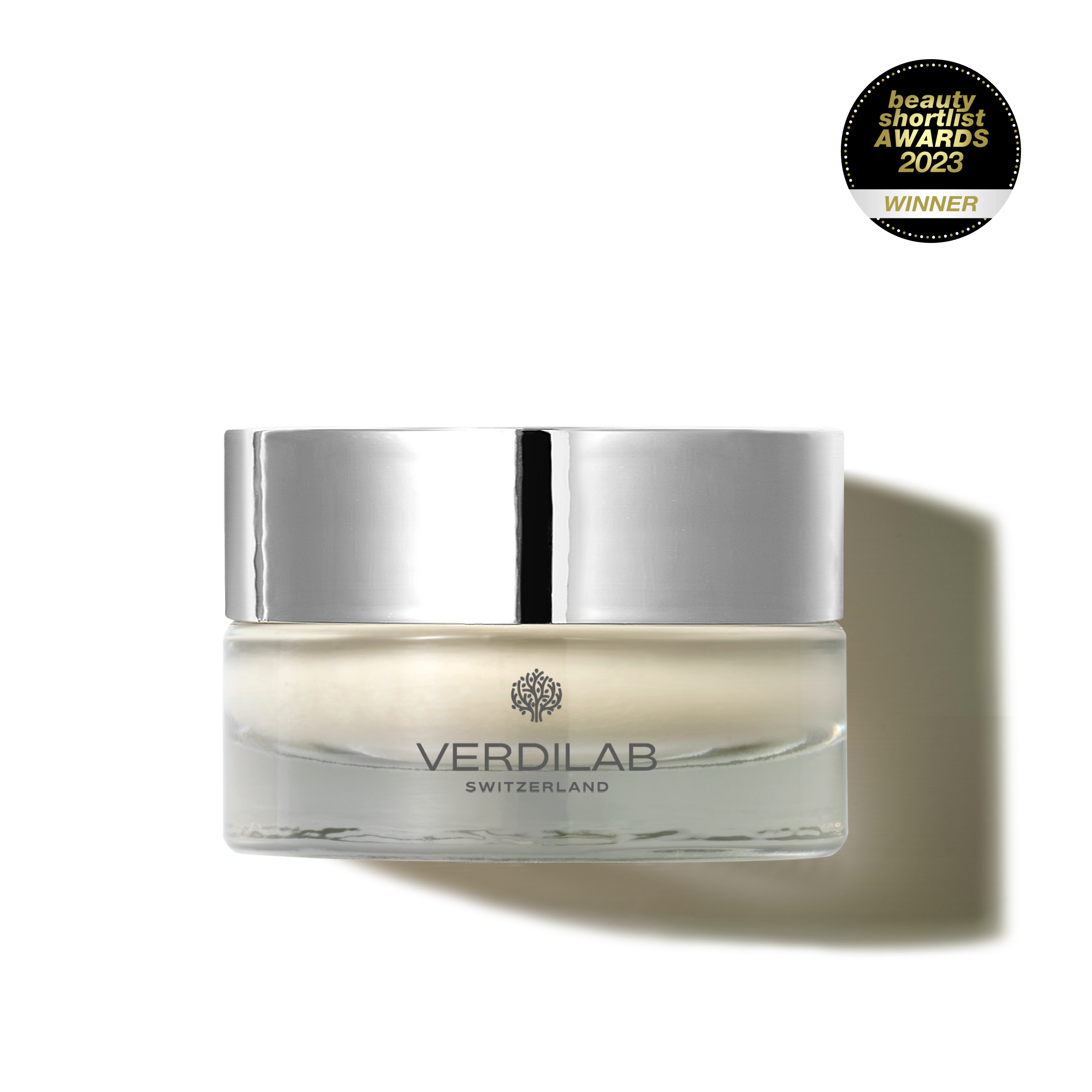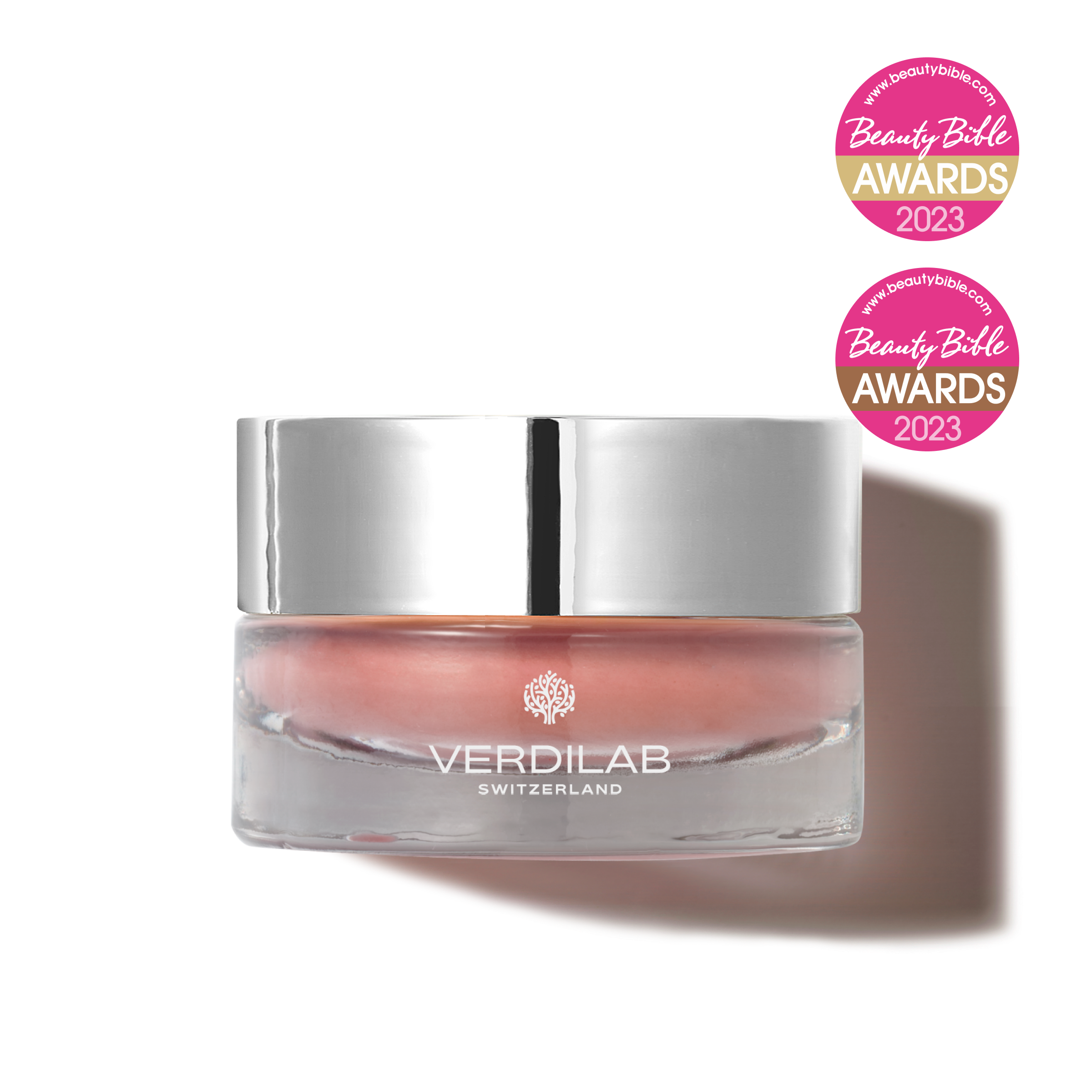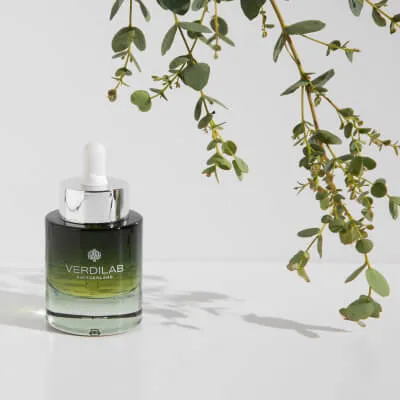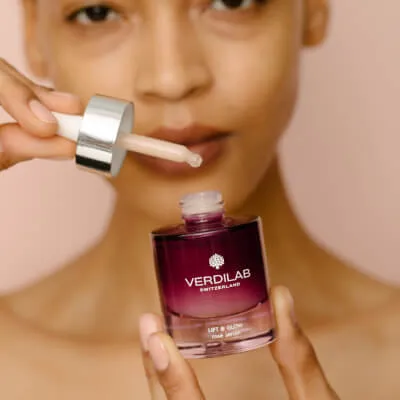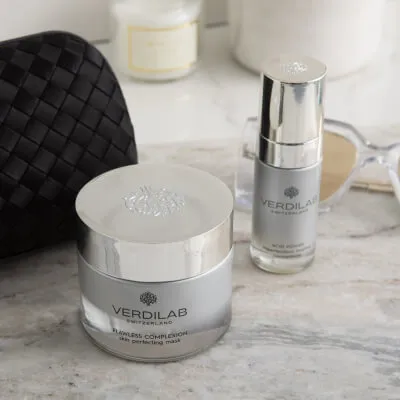In our clean formulations we avoid any synthetic ingredients, but also of natural origin, which may have any toxic or harmful effect on human health, animals or the environment. We are constantly following new research in the field of the safety of cosmetic ingredients, updating our blacklist to keep our cosmetics as clean and safe as possible for all skin, even the most sensitive.
Below are groups of chemicals that are banned to use in Verdilab cosmetics.
I. Synthetic preservatives including but not limited to:
1. BHA
(Butylated Hydroxyanisole) may cause cancer, skin irritation and hormonal disorders.
2. BHT
(Butylated Hydroxytoluene) suspected of causing cancer, skin irritation and hormonal disorders.
3. Parabens
some of them are already banned for cosmetic use because of risk of cancer and hormonal disruptions, but other (including methylparaben, ethylparaben, butylparaben, propylparaben) are still allowed to be used In cosmetics, although some studies show they can affect reproductive functions through both, male and female. Moreover, long term impact of them on our health is largely unknown.
4. Phenoxyethanol
first choice preservatives used recently by a lot of brands, also claiming themselves “clean”. Classified as toxic (for use around the mouth) and an irritant by the European Union.
5. Formaldehyde and Formaldehyde donors
known as carcinogens, can also cause neurotoxicity.
6. MIT (Methylisothiazolinone), CMIT (Methylchloroisothiazolinone)
preservatives from the isothiazolinones family, that cause high risk of allergies, but still allowed by EU law to be used in rinse-off cosmetics.
II. Commonly used as cleaning agent, pH stabilizers and not only. Can cause allergies, hormone disruption, skin toxicity.
III. EDTA and derivatives - used in cosmetics as chelating agents. They are extremely harmful for aquatic environment from where, making a full cycle, can poison our organs.
- Ethylenediaminetetraacetic Acid
- Disodium EDTA
- Calcium Disodium EDTA
- Tetrasodium EDTA
- Trisodium EDTA
IV. Chemical sunscreens – suspected causing severe allergies and hormonal disruptions and bringing potential risks to reproductive systems, they are also toxic to environment, including but not limited to:
- Oxybenzone
- Octocrylene
- Benzophenone
- Diphenylmethanone
- Diphenylketone
- Benzoylbenzene
- Phenylketone,
- 2-hydroxy-4-methoxybenzophenone,
- Octinoxate.
V. Triclosan and Triclocarban – antimicrobial agents that may impact human health and are toxic to the environment.
VI. Toluene – solvent used in cosmetics that can be toxic for human body.
VII. Petroleum based polymers (glycols) – commonly used as a thickeners, softeners and emulsion stabilizers, cosmetics without it are really hard to find. May cause irritation, contact dermatitis, and allergies, especially when applied to damaged skin. These compounds also have a very high risk of contamination with extremely toxic ethylene dioxide and 1,4-dioxane, which are carcinogenic to humans and harmful to the environment.
- PEGs (polyethylene glycols) including compounds
VIII. Acrylates – can cause cancer and organ system toxicity, including but not limited to:
- Ethyl acrylate,
- Ethyl methacrylate,
- Butyl methacrylate,
- Methyl methacrylate,
- Hydroxypropyl methacrylate,
- Tetrahydrofurfuryl methacrylate,
- Trimethylolpropane trimethacrylate
IX. Phthalates – plasticizing chemicals commonly used in cosmetics, that can cause severe endocrine disruptions, including but not limited to
X. All groups of synthetic polymers, microplastics and nanoplastics – used in cosmetics as thickeners, emulsifiers, texturing agents, etc. - according to “Beet the Microbeads” initiative’s study, “every time we use anti-wrinkle cream, we can put over 90,000 plastic particles on our faces!” Some of them are smaller than diameter of a human hair. According the EU scientific body report, the toxicity of nanoplastics increases with decrease of their size. So, they can enter our body, interfering with our organs. This list includes but not limited to :
- Acrylates Copolymer
- Acrylates Crosspolymer
- Acrylamides
- Polyacrylamides
- Polyethylene (PE)
- Polyacrylates
- Propylen Copolymer
- Polypropylene (PP),
- Polymethyl methacrylate (PMMA),
- Nylon (PA),
- Polyurethane
- Carbomere
- Methacrylate Colopymers
- Methacrylate Crosspolymers
XI. Silicones (all groups, including dimethicone and other linear silicones, as well as cyclic / volatile, including D4-D6 and cyclomethicone – synthetic substances loved by conventional cosmetic brands because they help to create a feeling of light texture and spread easily on the skin. Today it is difficult to find cosmetics without silicones. There is a real battle of conventional brands for their "neutrality" towards the human body. We avoid them in our formulations because some data shoes that cyclic silicones can be toxic to human reproduction system and cause endocrinal disruption. Linear silicones like dimethicone, more neutral for the skin, basically bring nothing valuable to the formula, being just chemical fillers. If we apply subsequent layers of cosmetics with silicones on our faces, they accumulate on the skin, leading to its occlusion, blocking the penetration of active substances. Moreover, as they are not biodegradable, they are negative to our environment, as we all know.
XII. Sulphates – surfactants usually used in cleansing products that can cause severe skin irritation or even allergies.
- SLS - Sodium Lauryl Sulfate
- SLES - Sodium Laureth Sulfate
- ALS - Ammonium lauryl sulphate
XIII. Talc – used mostly in cosmetic powders, after a long use can cause cancer
XIV. Coal tar and derivatives – usually used as colorants, can cause cancer.
XV. Synthetic fragrances – may contain combinations of thousands of chemical ingredients, including allergens and hormone disruptors.
XVI. Petrolatum, Paraffins, Mineral oils – we have concern with these ingredients because of their unsustainable sourcing and possible PAH (Polyaromatic Hydrocarbons) contamination.
XVII. Butoxyethanol – this common solvent according to WHO it has moderate acute toxicity and is irritating to the eyes and skin.
XVIII. Nano particles - commonly used in sunscreens, applied to the skin in repeated application they can be absorbed into the body having the potential to harm living cells and organs.
XIX. Retinyl palmitate (Vitamin A Palmitate) – composed of palmitic acid and Vitamin A, can cause photosensitivity, skin dryness, and in repeated application may be cumulated into organs being dangerous especially for pregnant women.
XX. Alcohol & Ethanol – willingly used in conventional cosmetics to bring pleasant feeling of lightweight, mattifying formulas, especially to sunscreen or cosmetics dedicated to oily skin. It can damage skin barrier, over dry the skin, causes irritations, neurodermatitis and promotes premature skin ageing. Including but not limited to:
- Alcohol Denat
- Alcohol, Ethanol
- Ethyl Alcohol
- SD Alcohol
- Methanol
- Propyl Alcohol
- Propanol
- Isopropanol
- Isopropyl Alcohol
XXI. Fragrance allergens – present in almost all cosmetics that have fragrance, listed by European Union as a potential skin sensitizers.
- Amyl cinnamal
- Amylcinnamyl alcohol
- Anisyl alcohol
- Benzyl alcohol
- Benzyl benzoate
- Benzyl cinnamate
- Benzyl salicylate
- Cinnamyl alcohol
- Cinnamaldehyde
- Citral
- Citronellol
- Coumarin
- Eugenol
- Farnesol
- Geraniol
- Hexyl cinnamaladehyde
- Hydroxycitronellal
- Hydroxyisohexyl 3-cyclohexene carboxaldehyde (HICC), (also known as Lyral)
- Isoeugenol
- Lilial
- d-Limonene
- Linalool
- Methyl 2-octynoate
- g-Methylionone
- Oak moss extract
- Tree moss extract










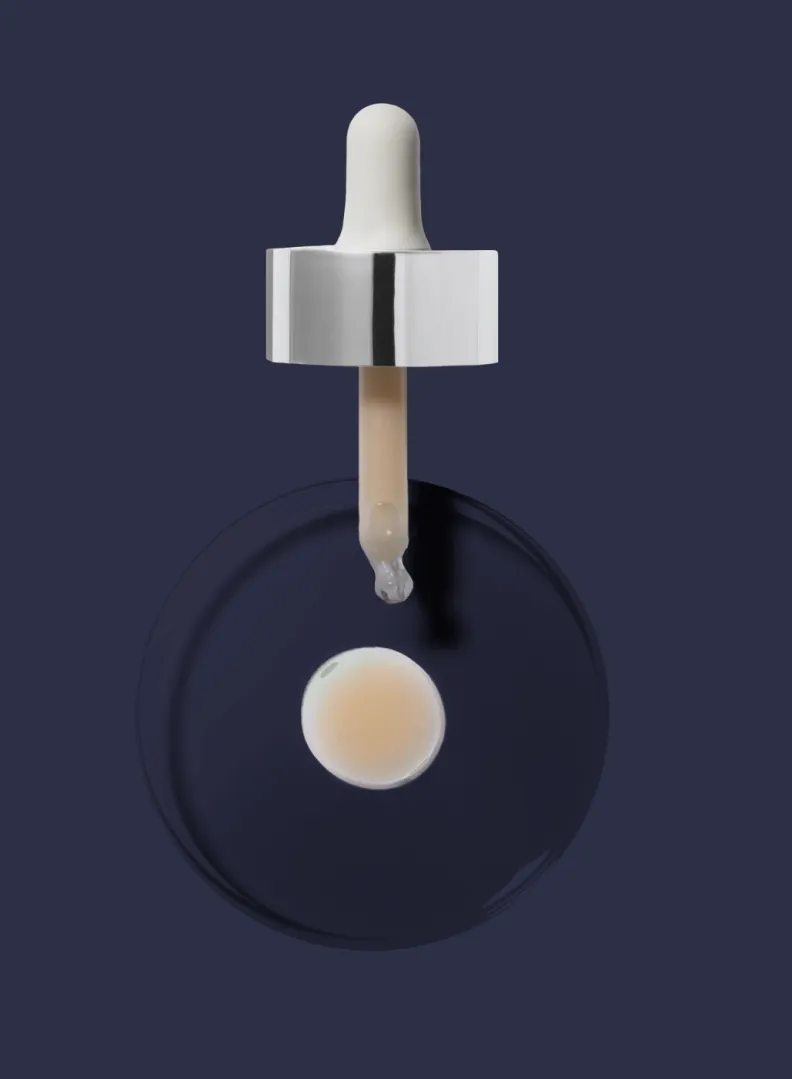
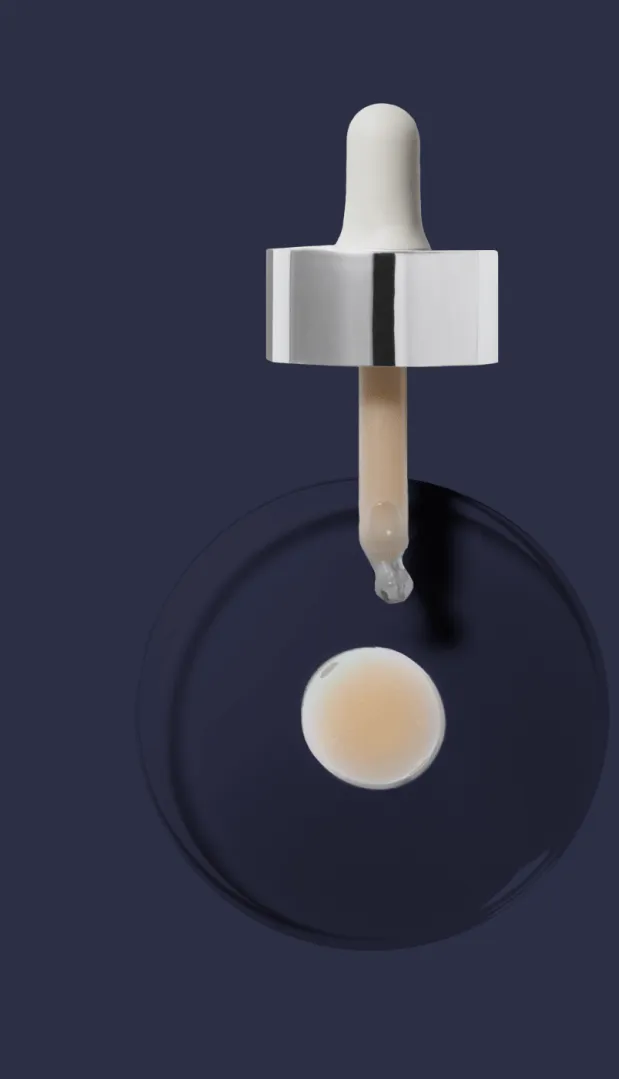
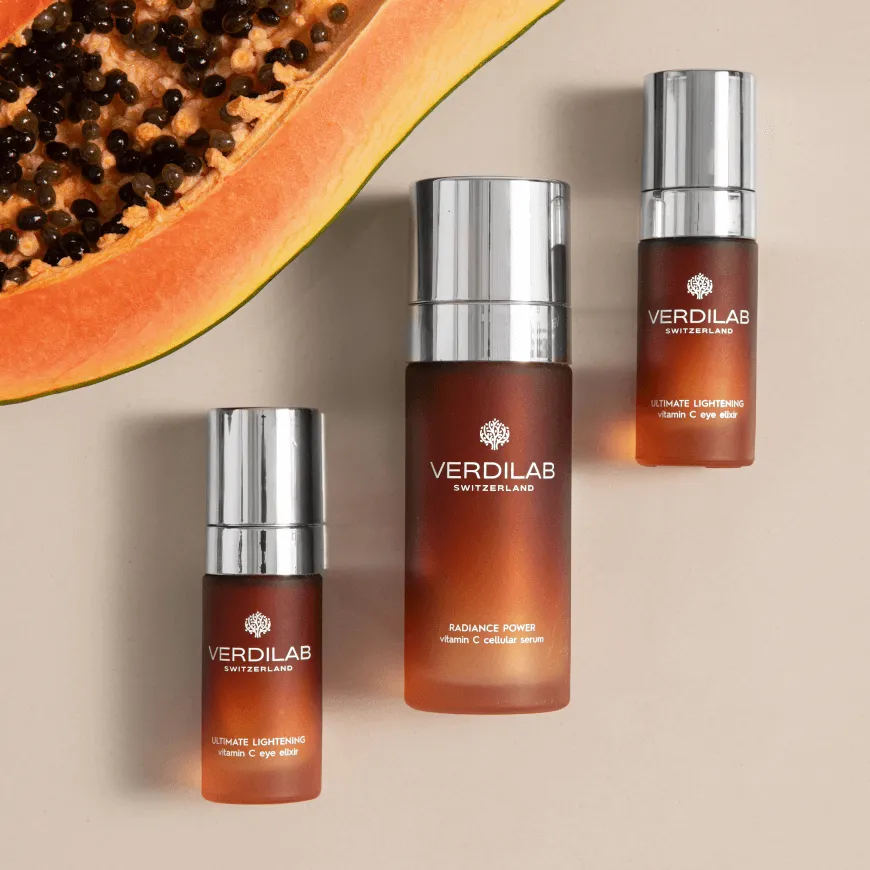


 VERDILAB is my personal contribution for the betterment of the health of our skin and our planet.
VERDILAB is my personal contribution for the betterment of the health of our skin and our planet. 



